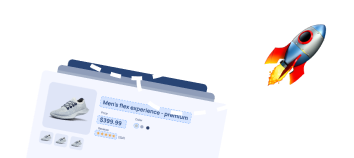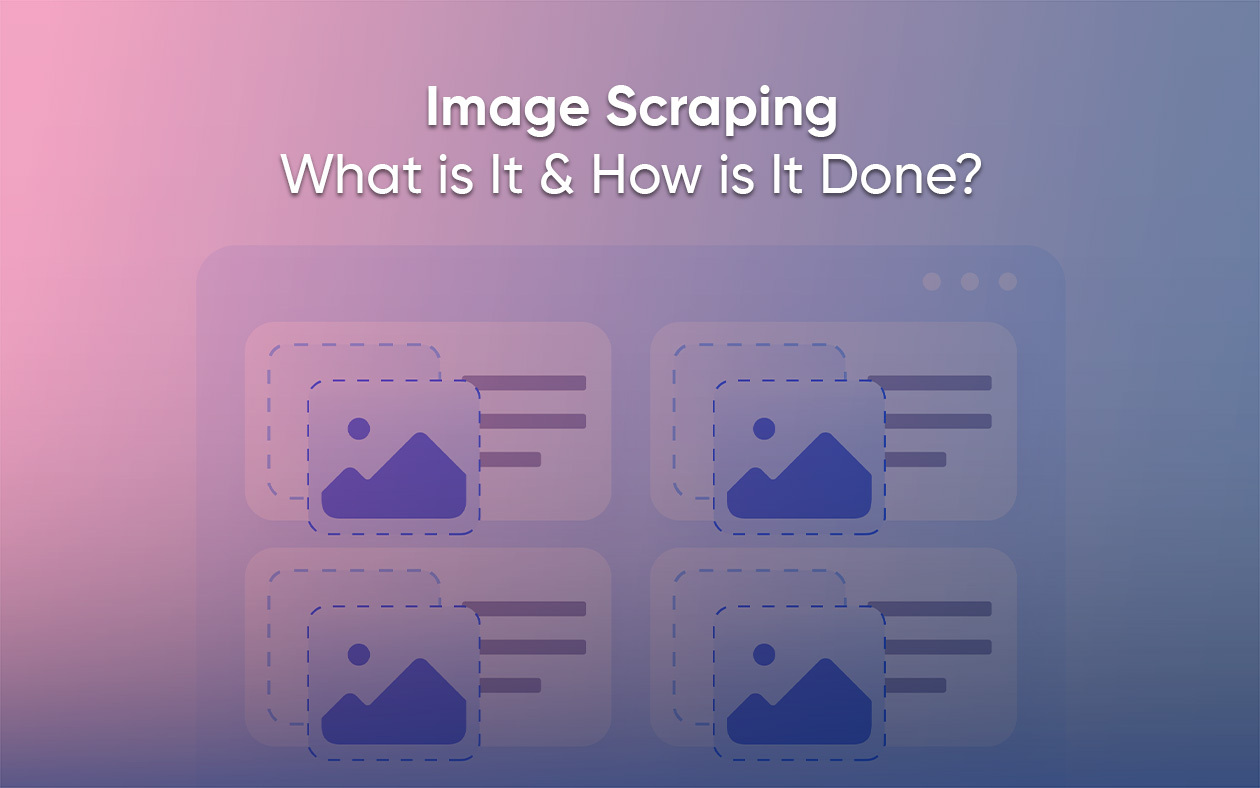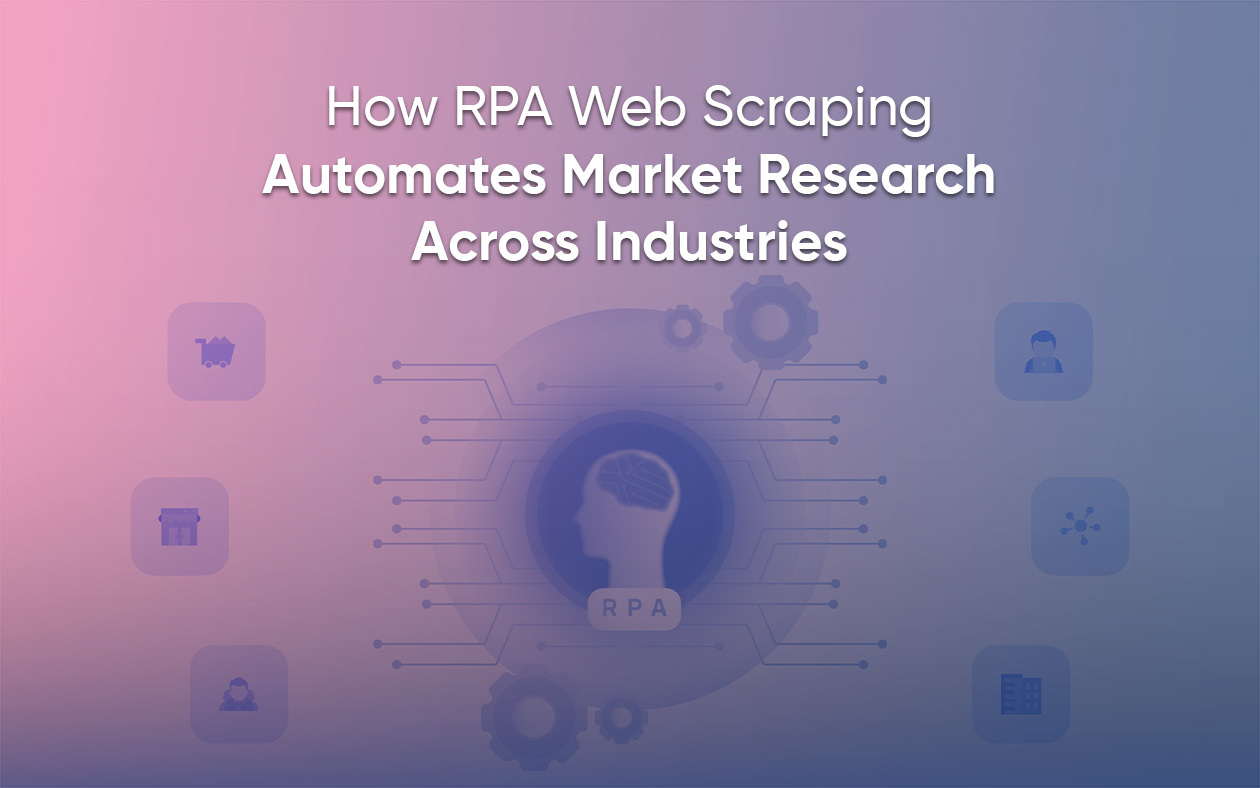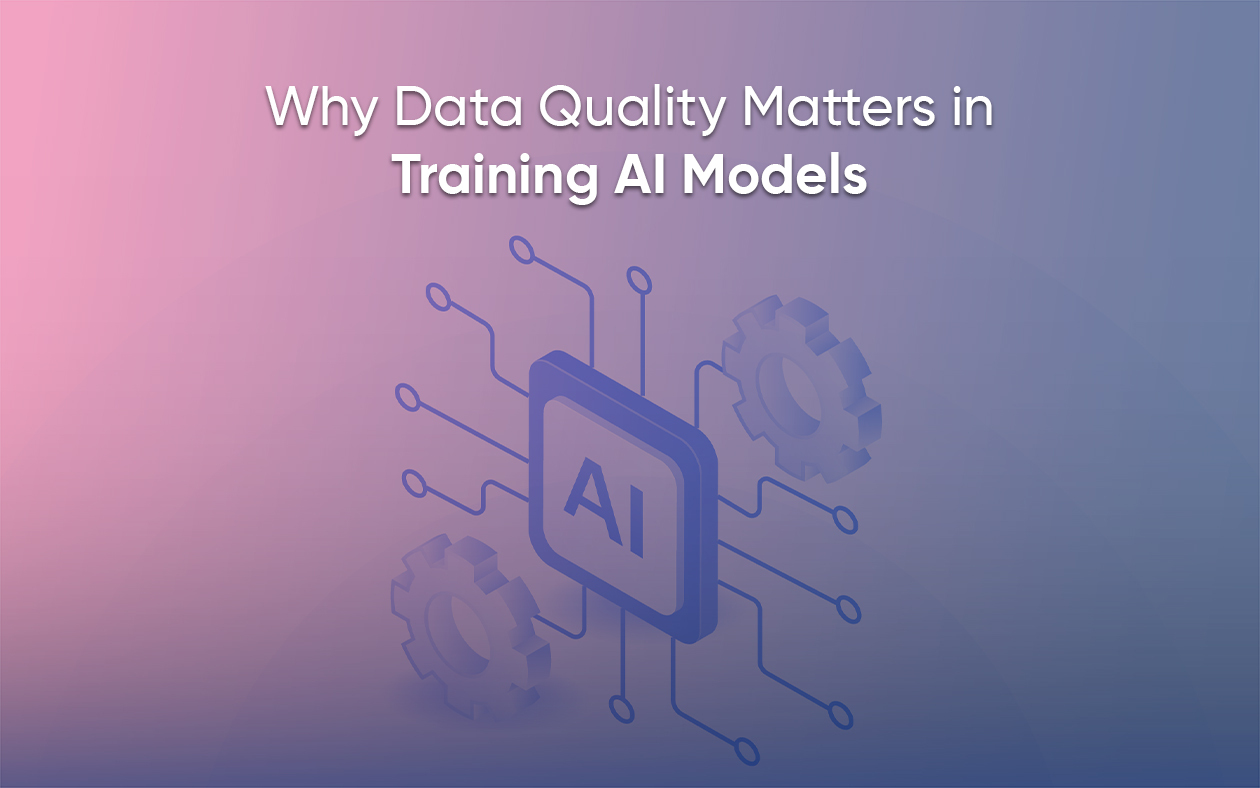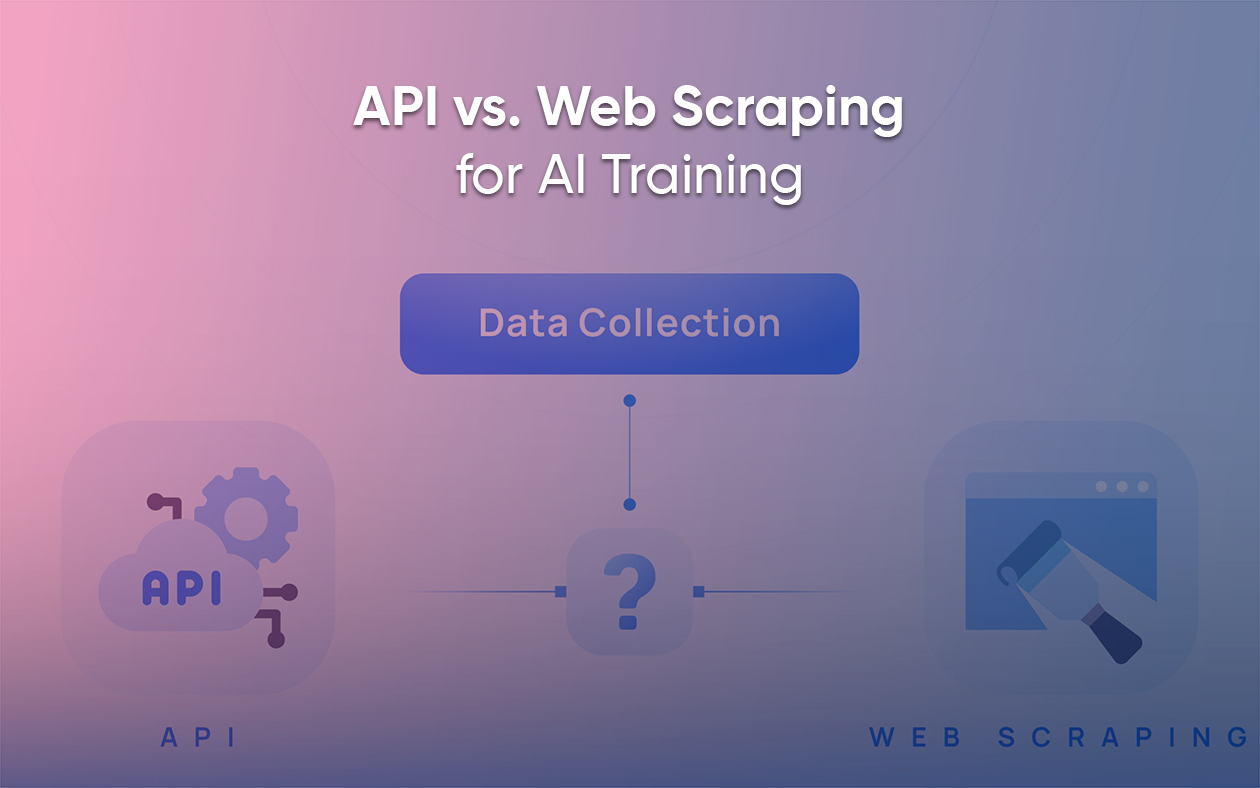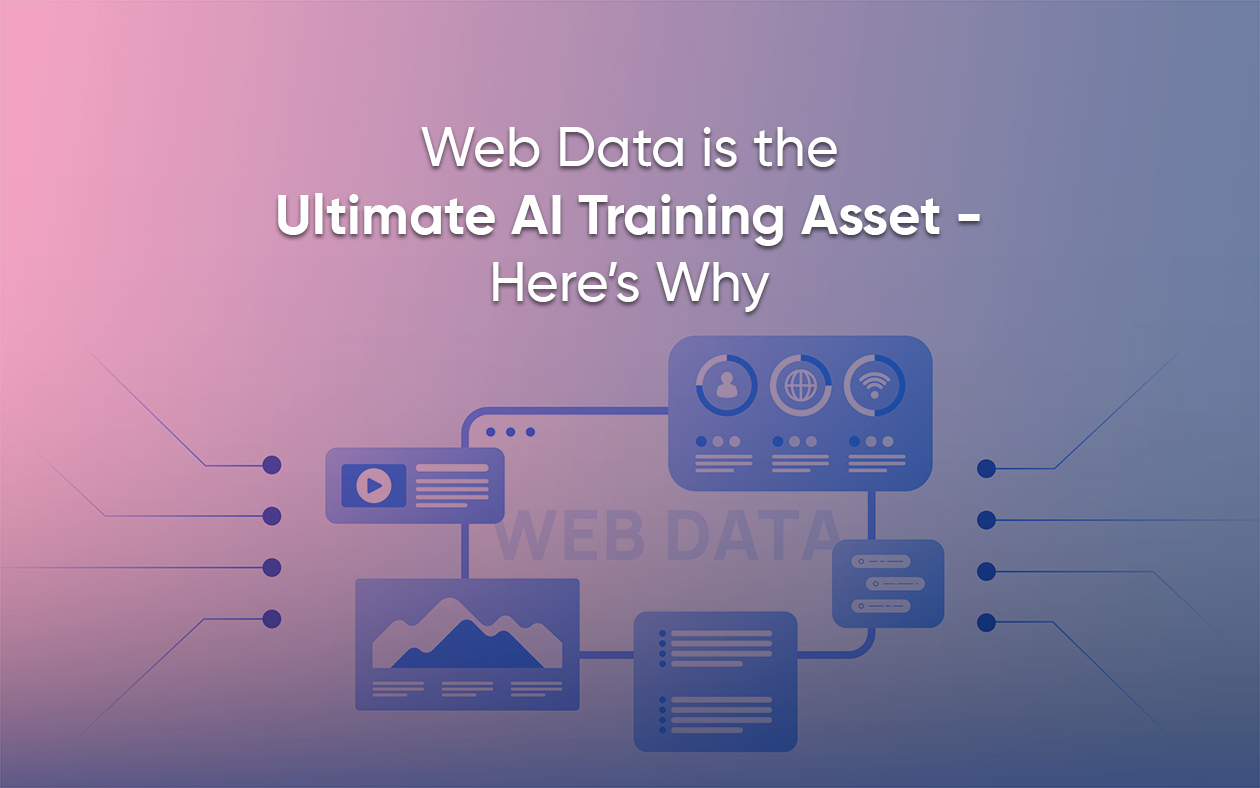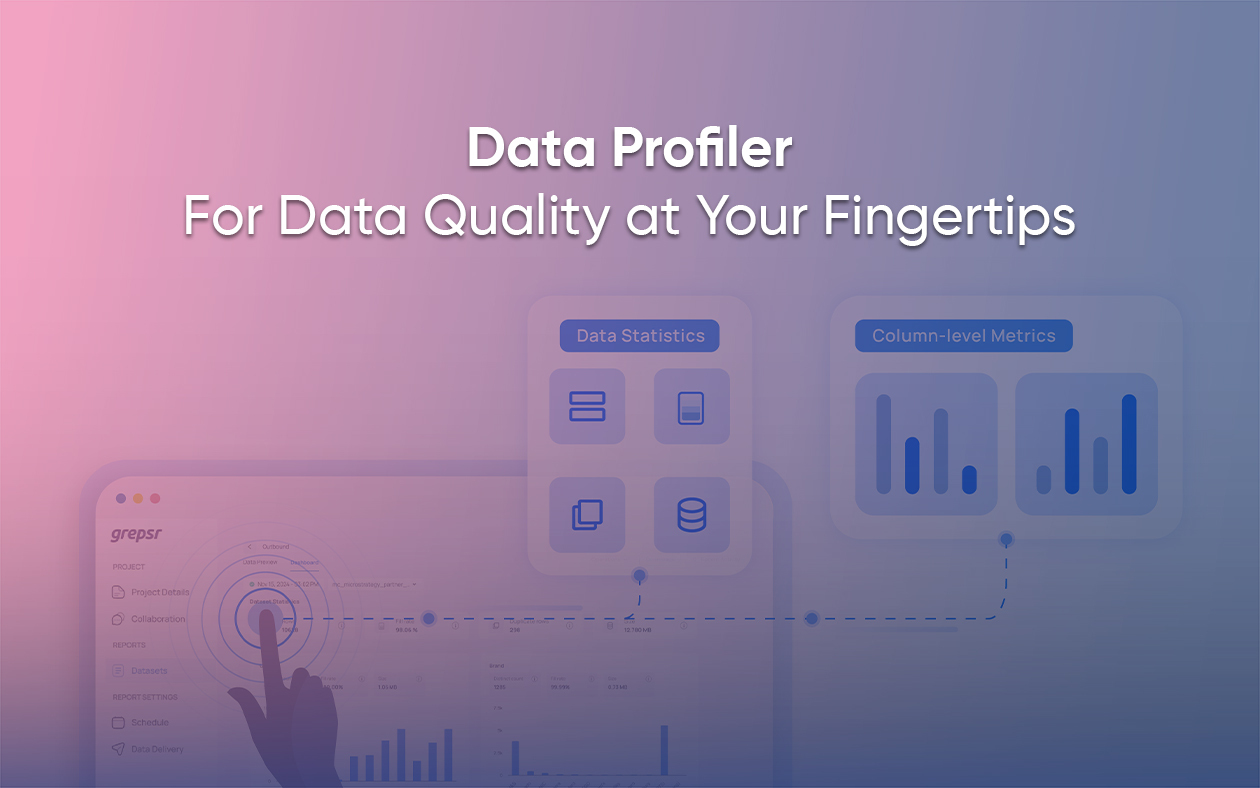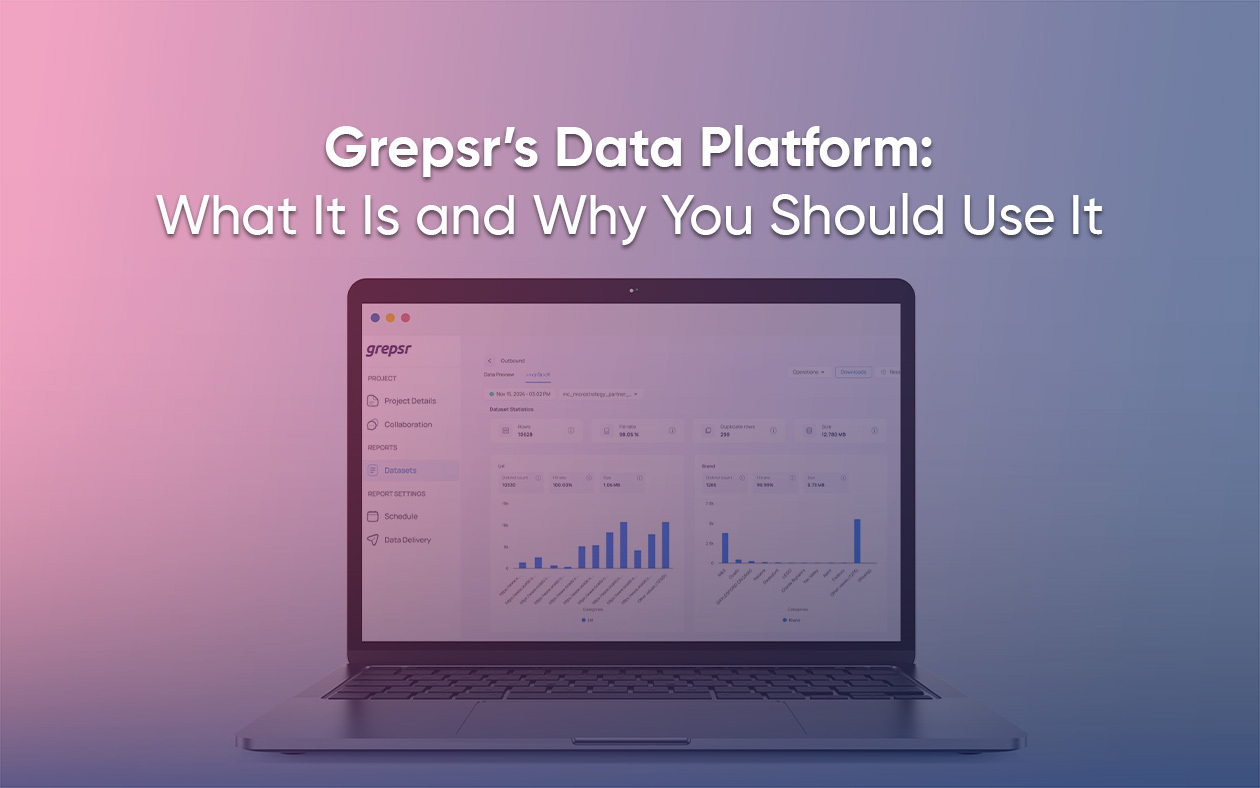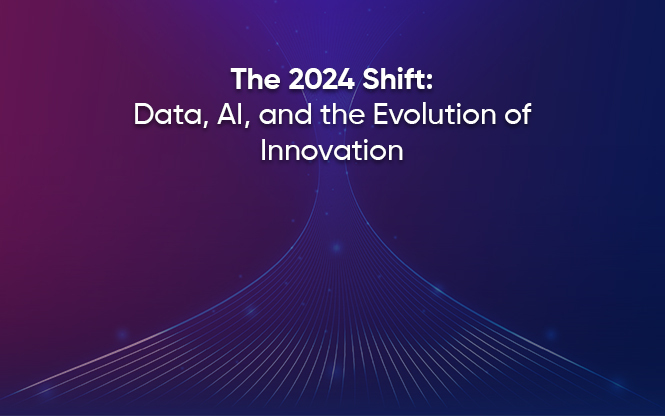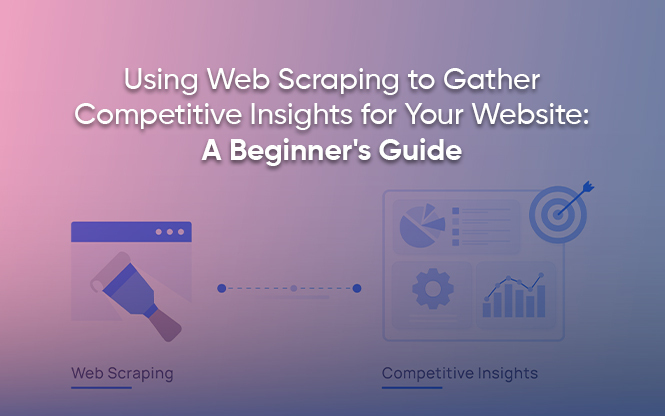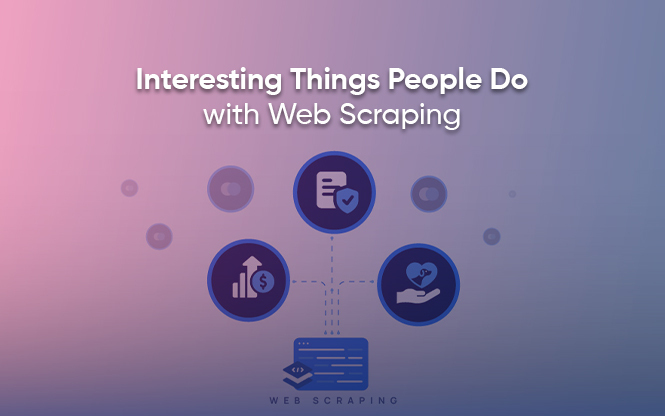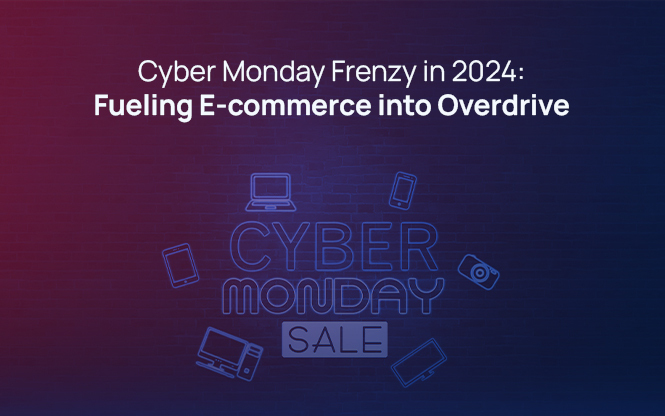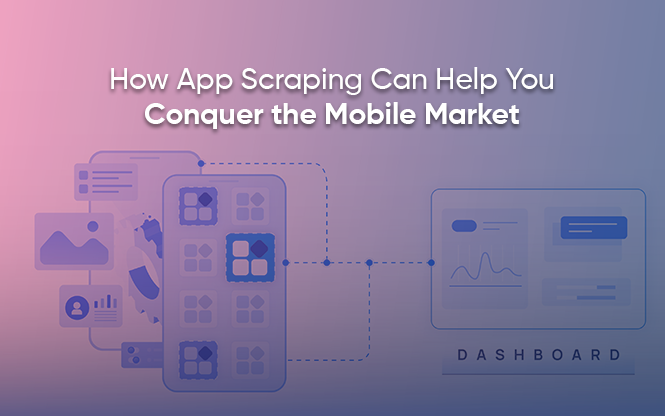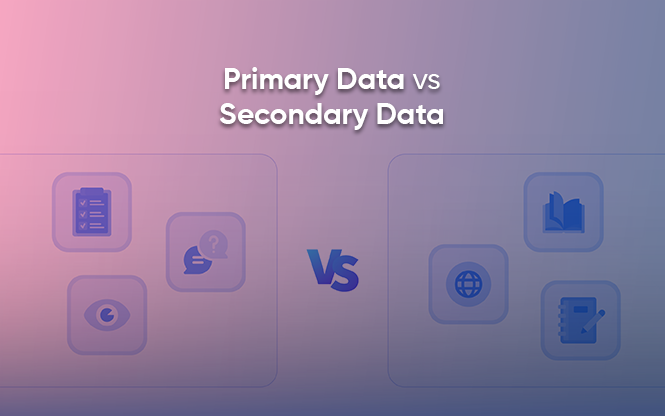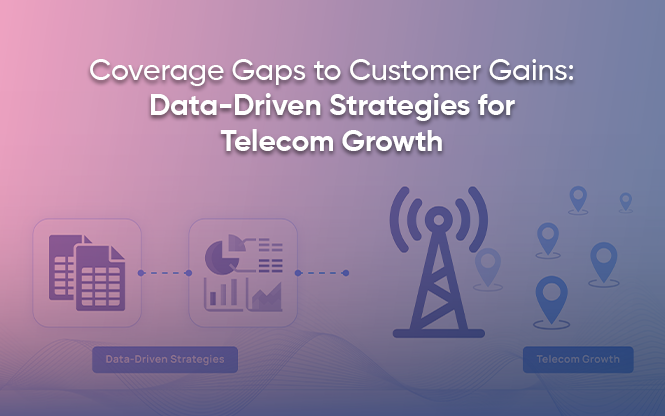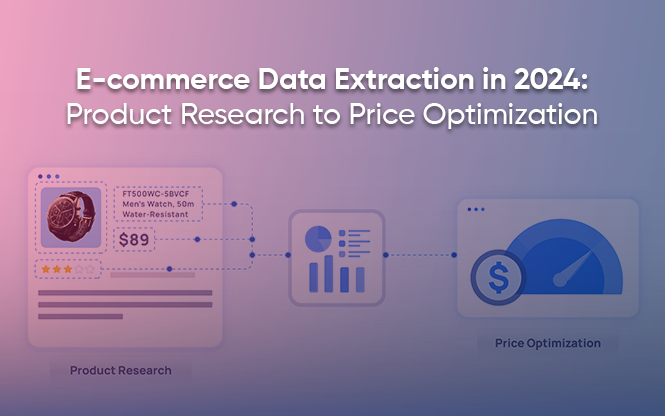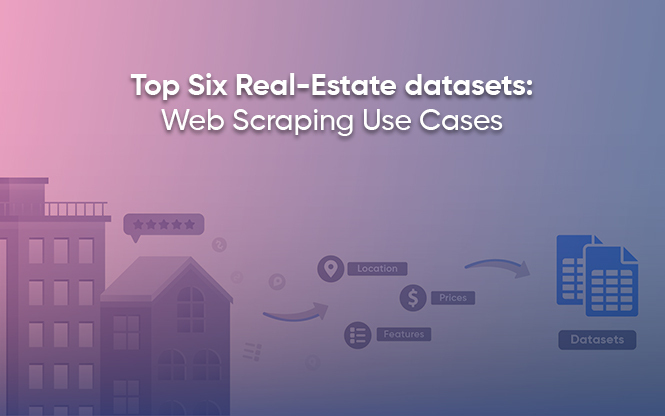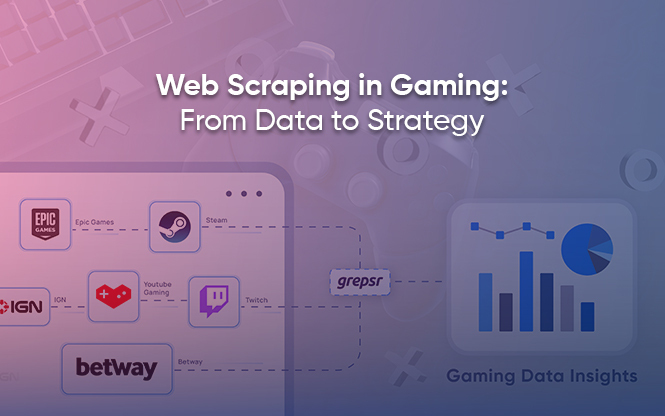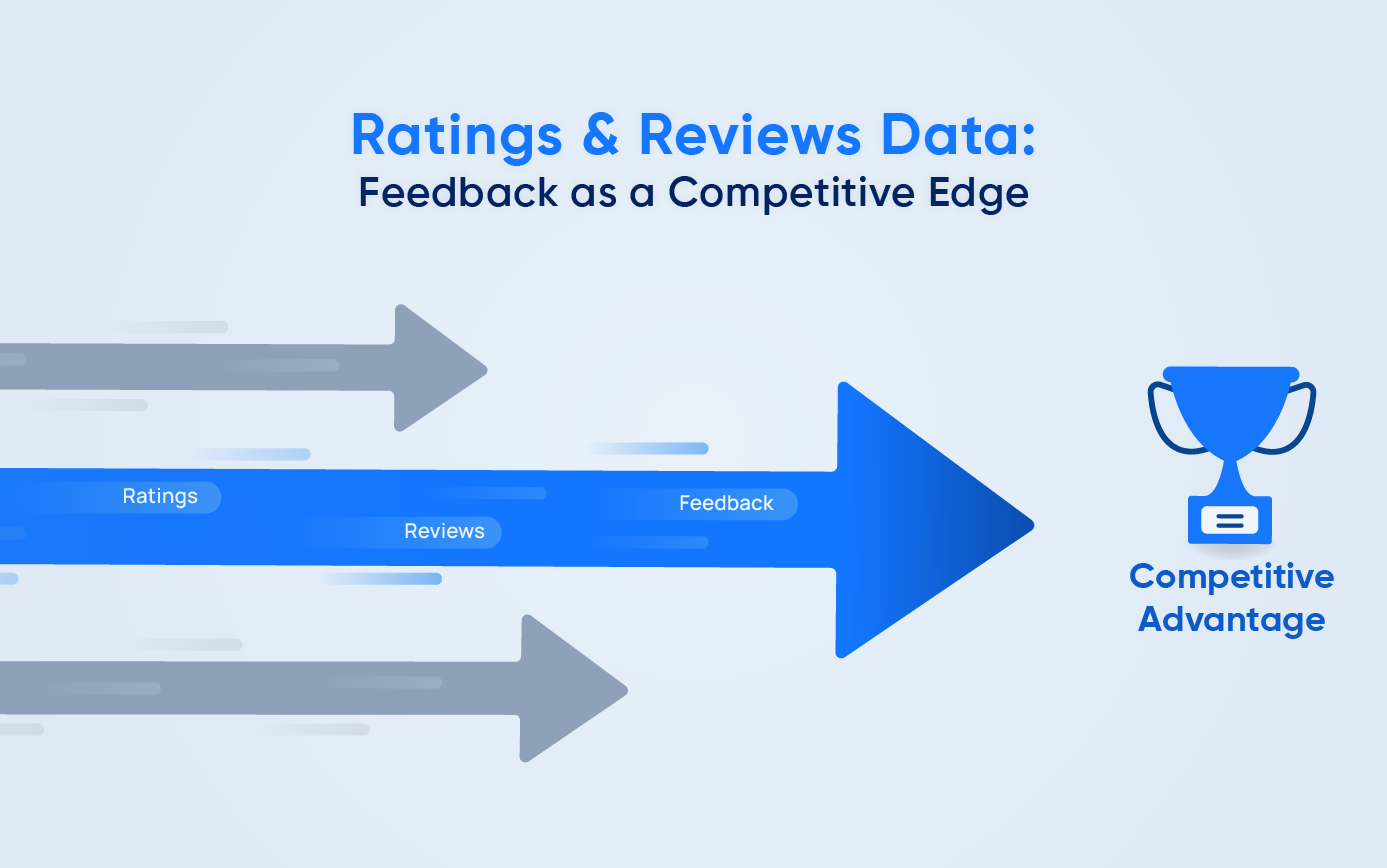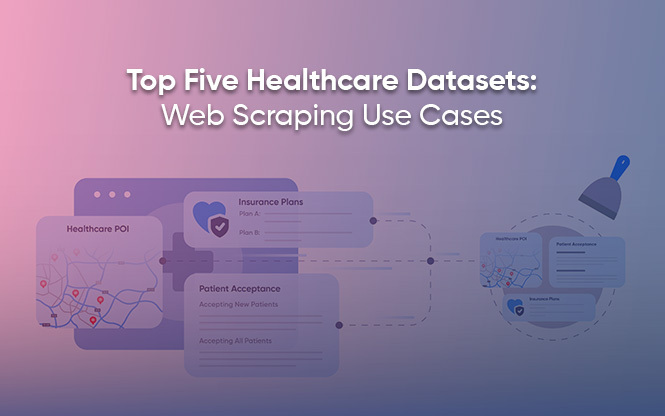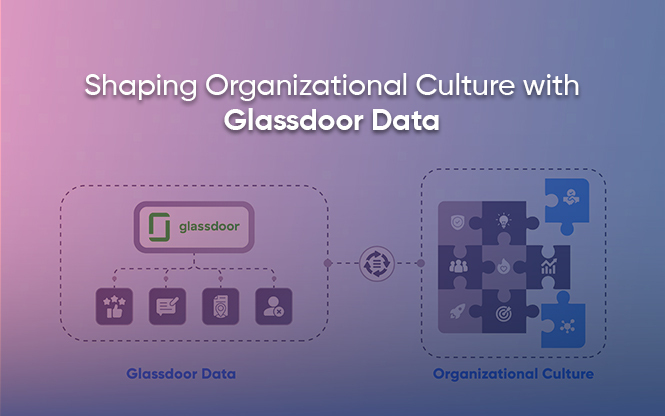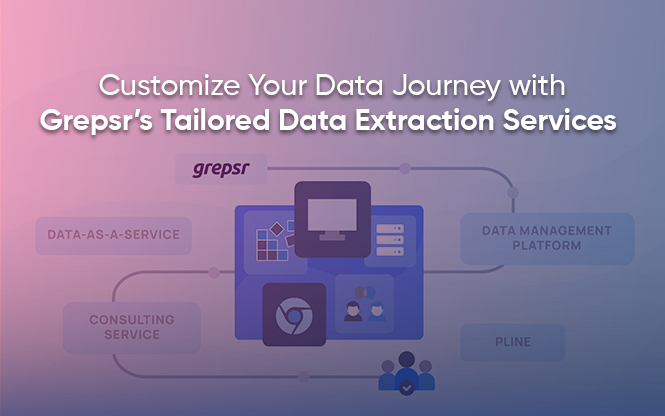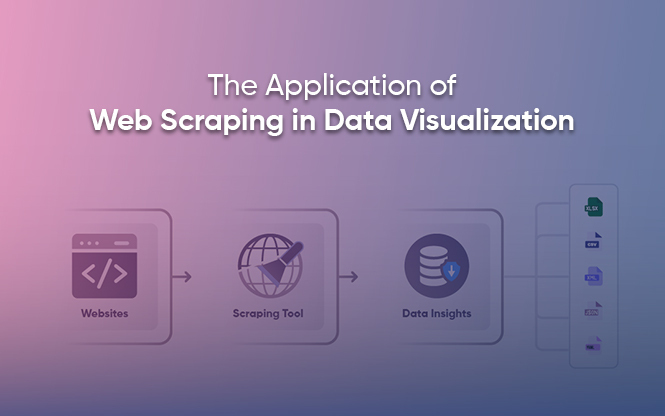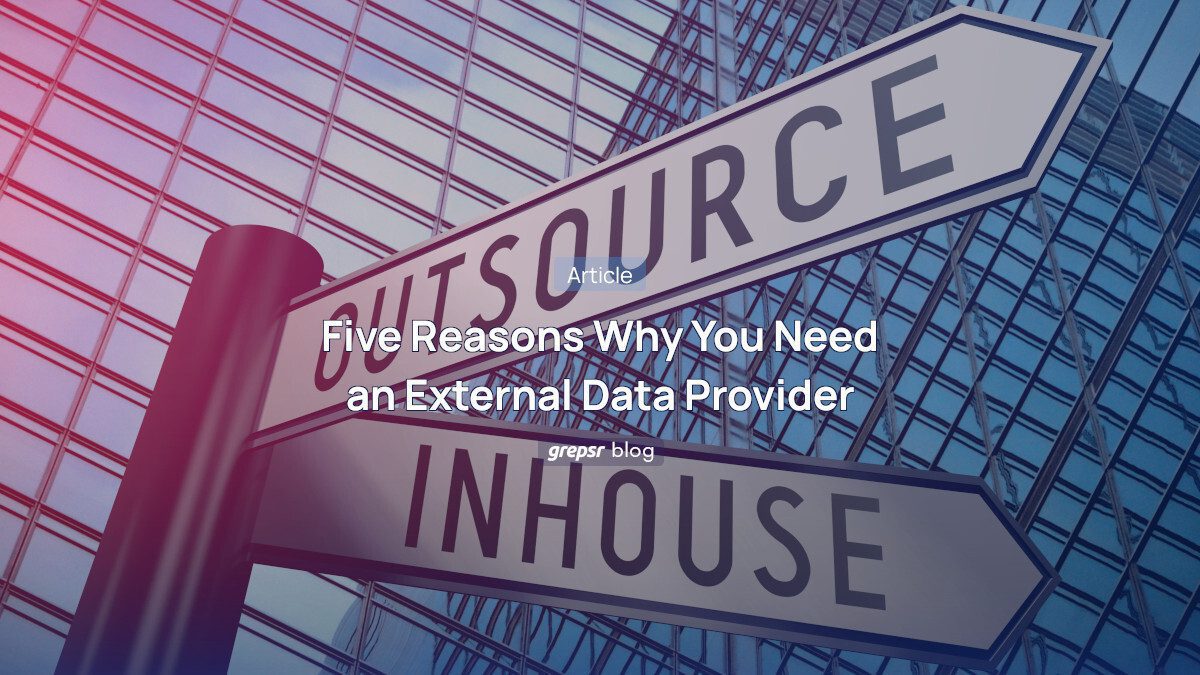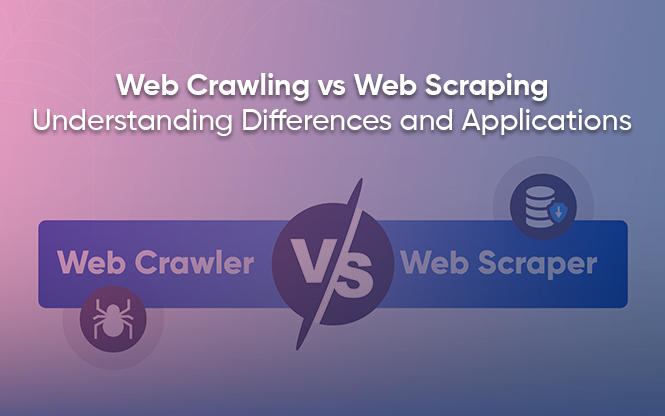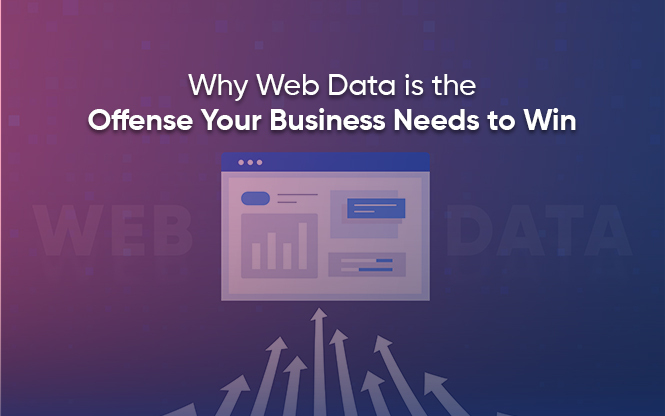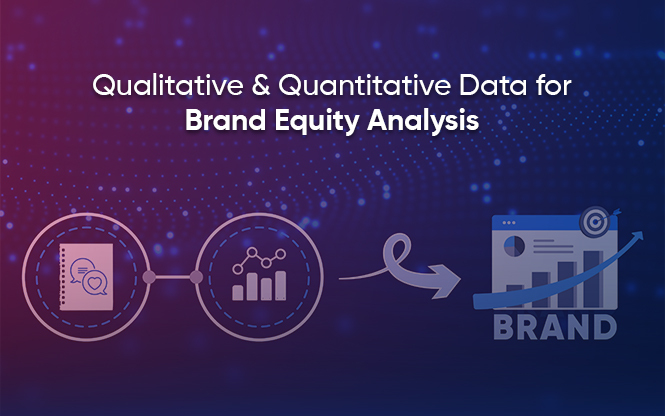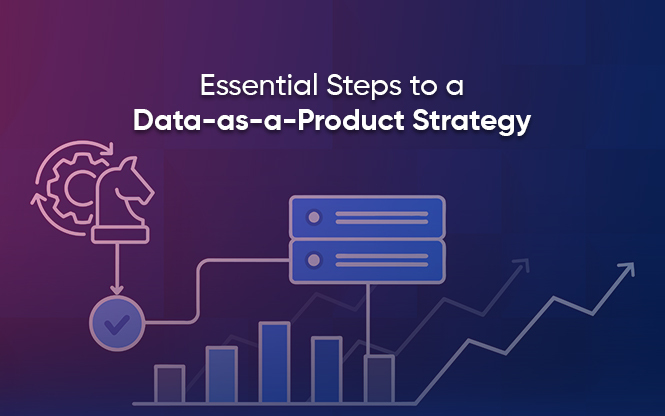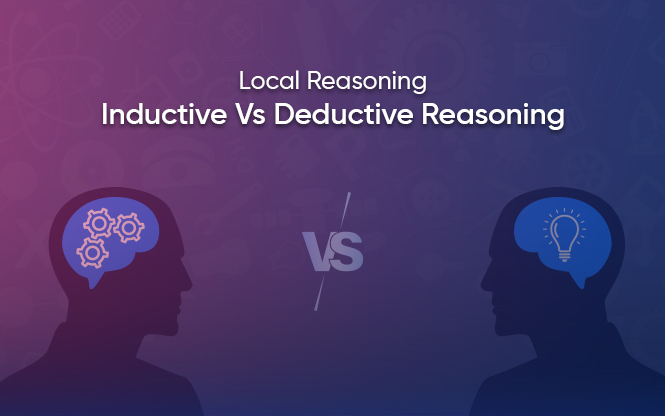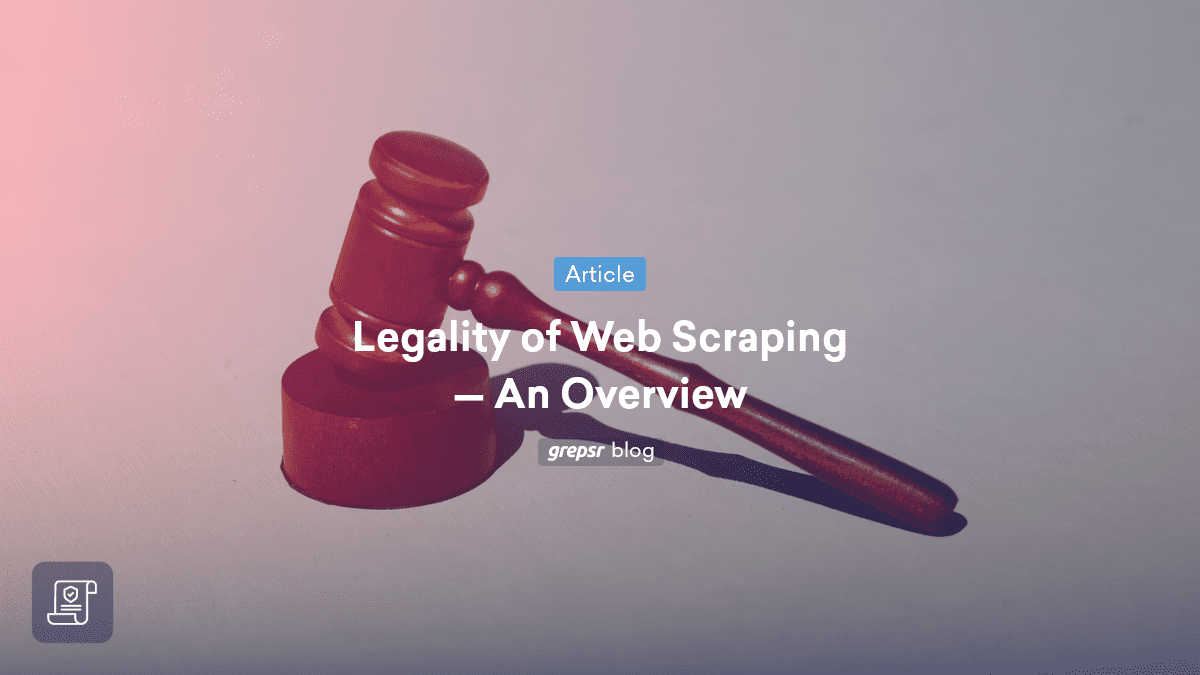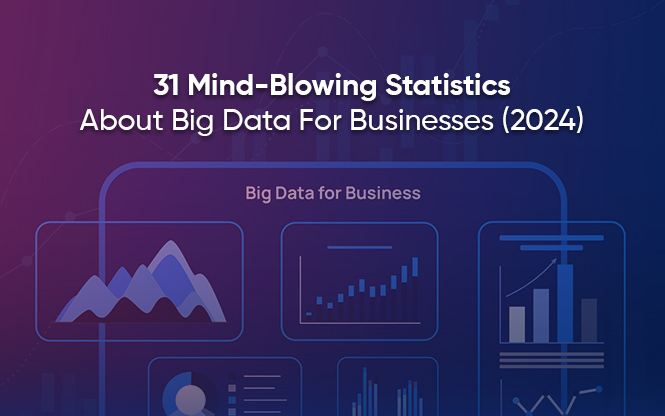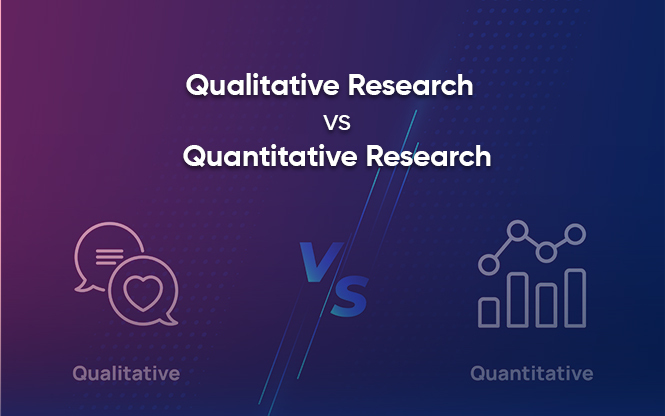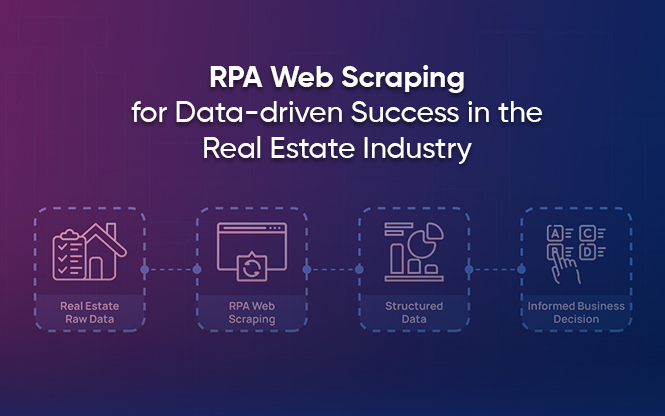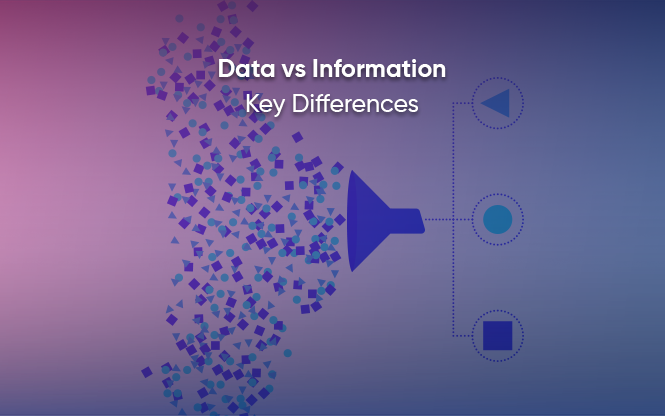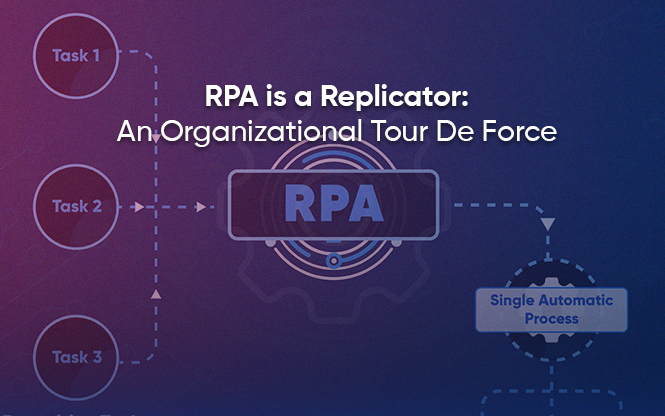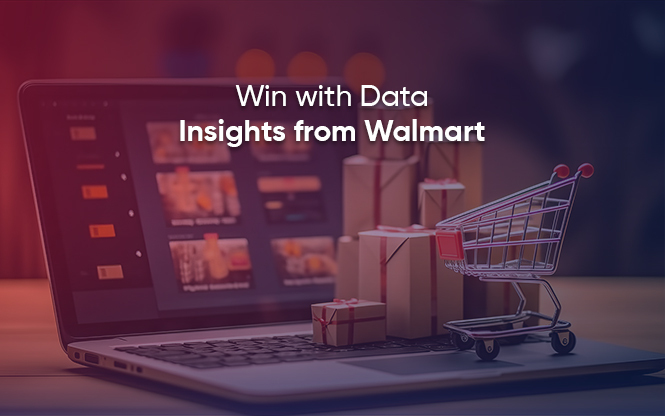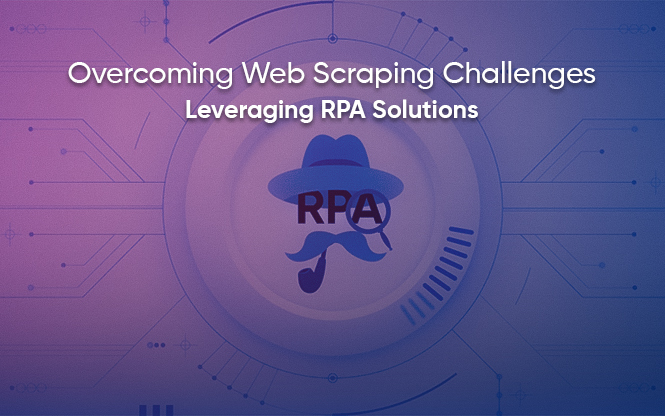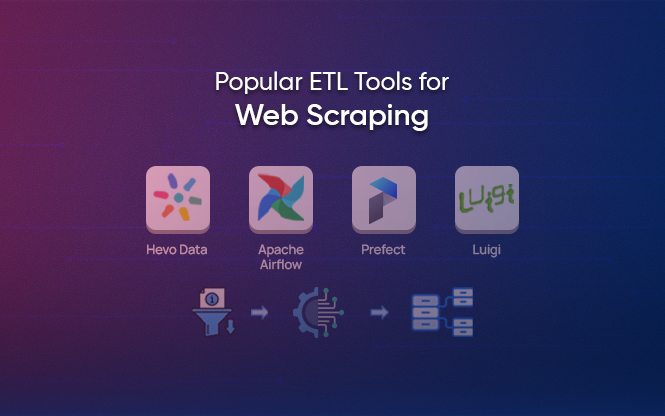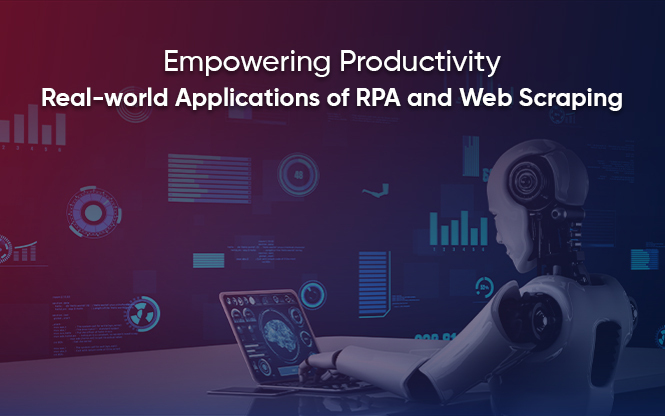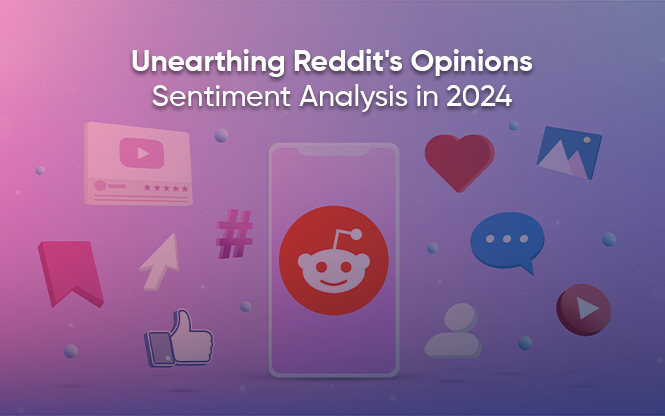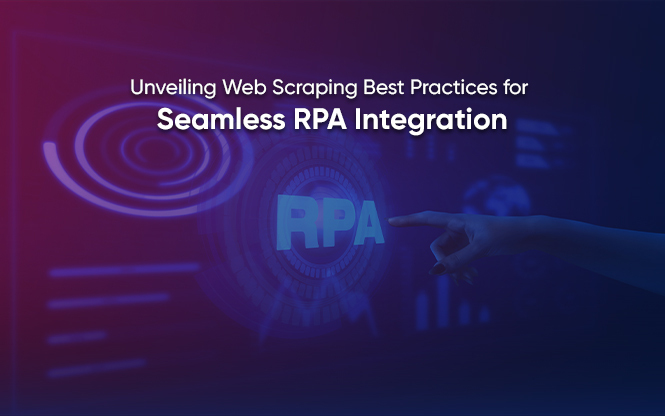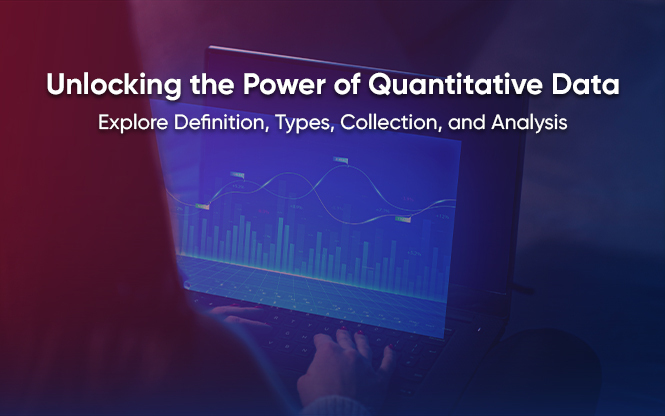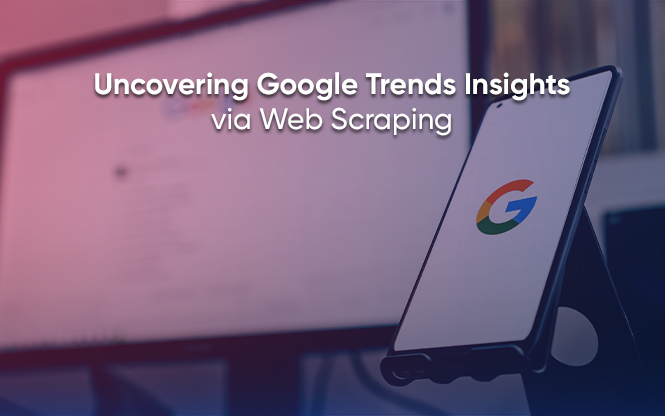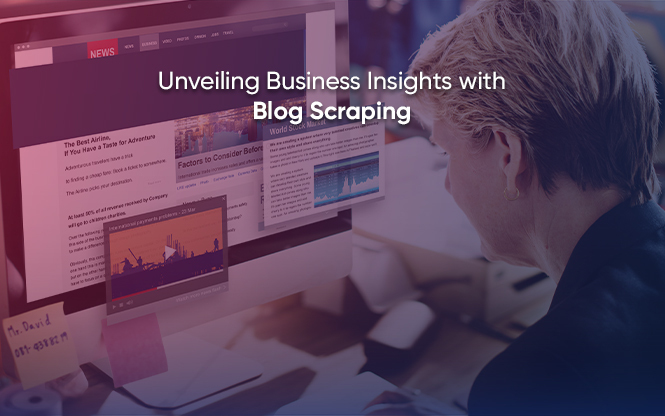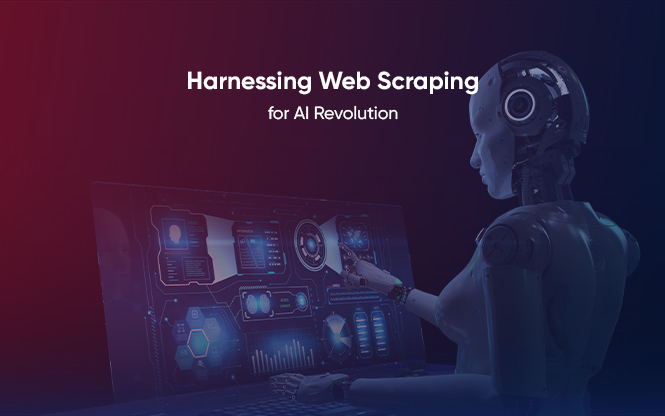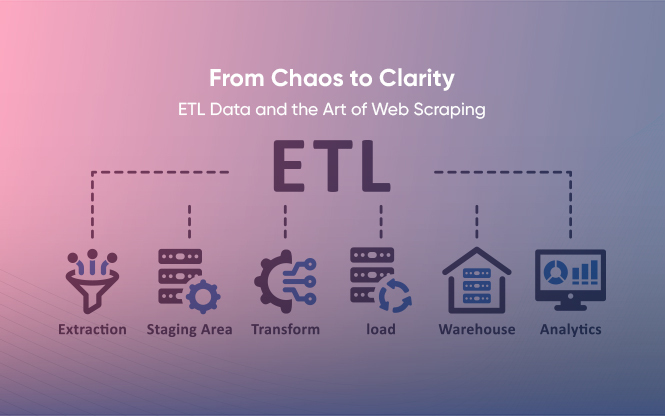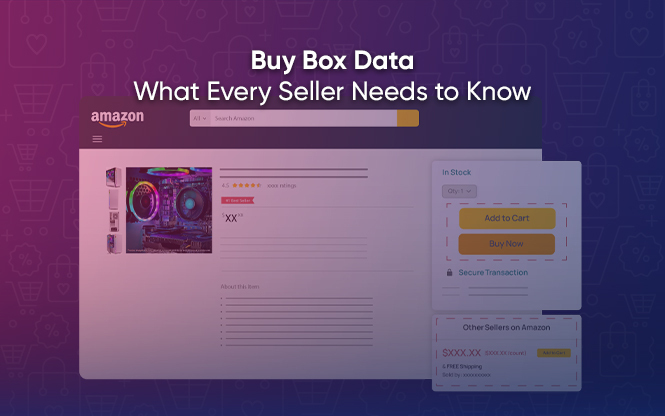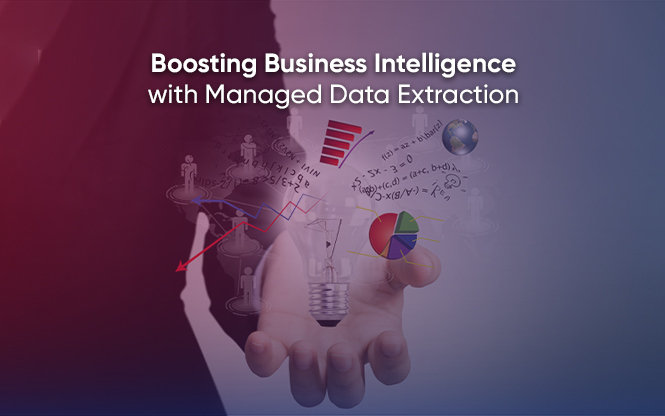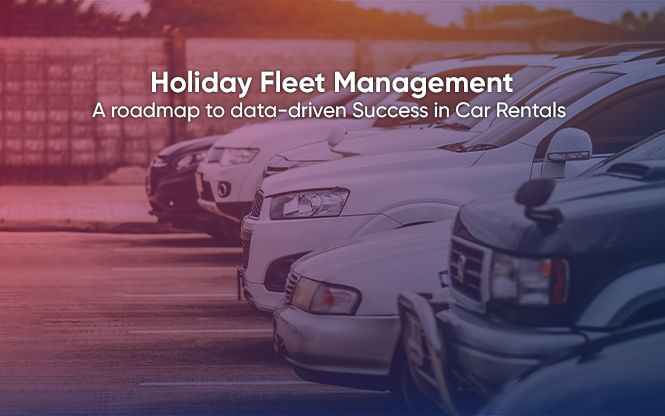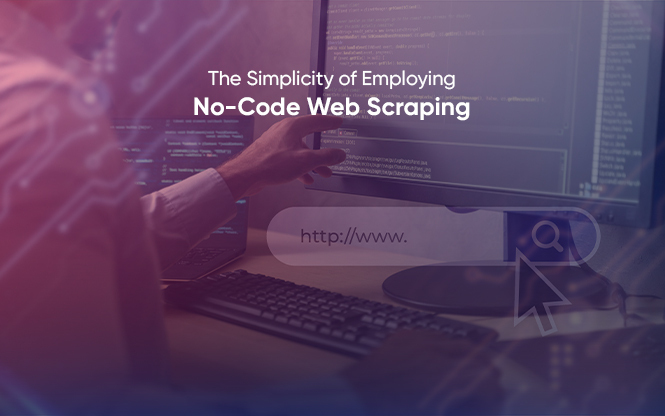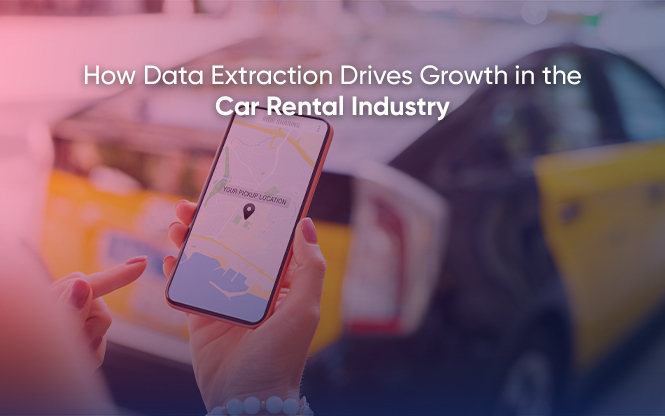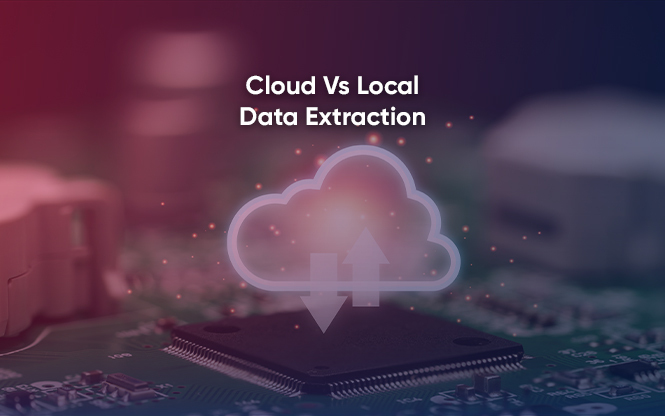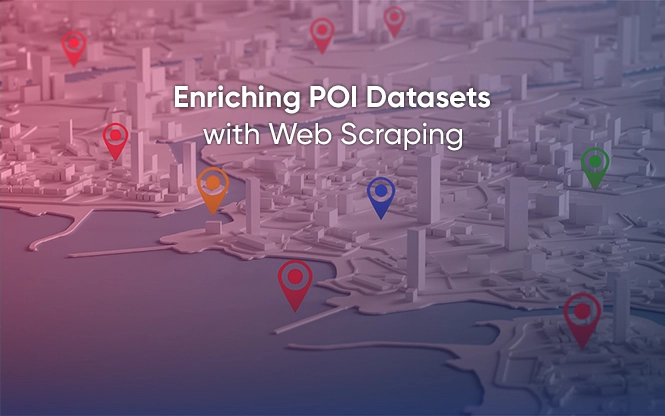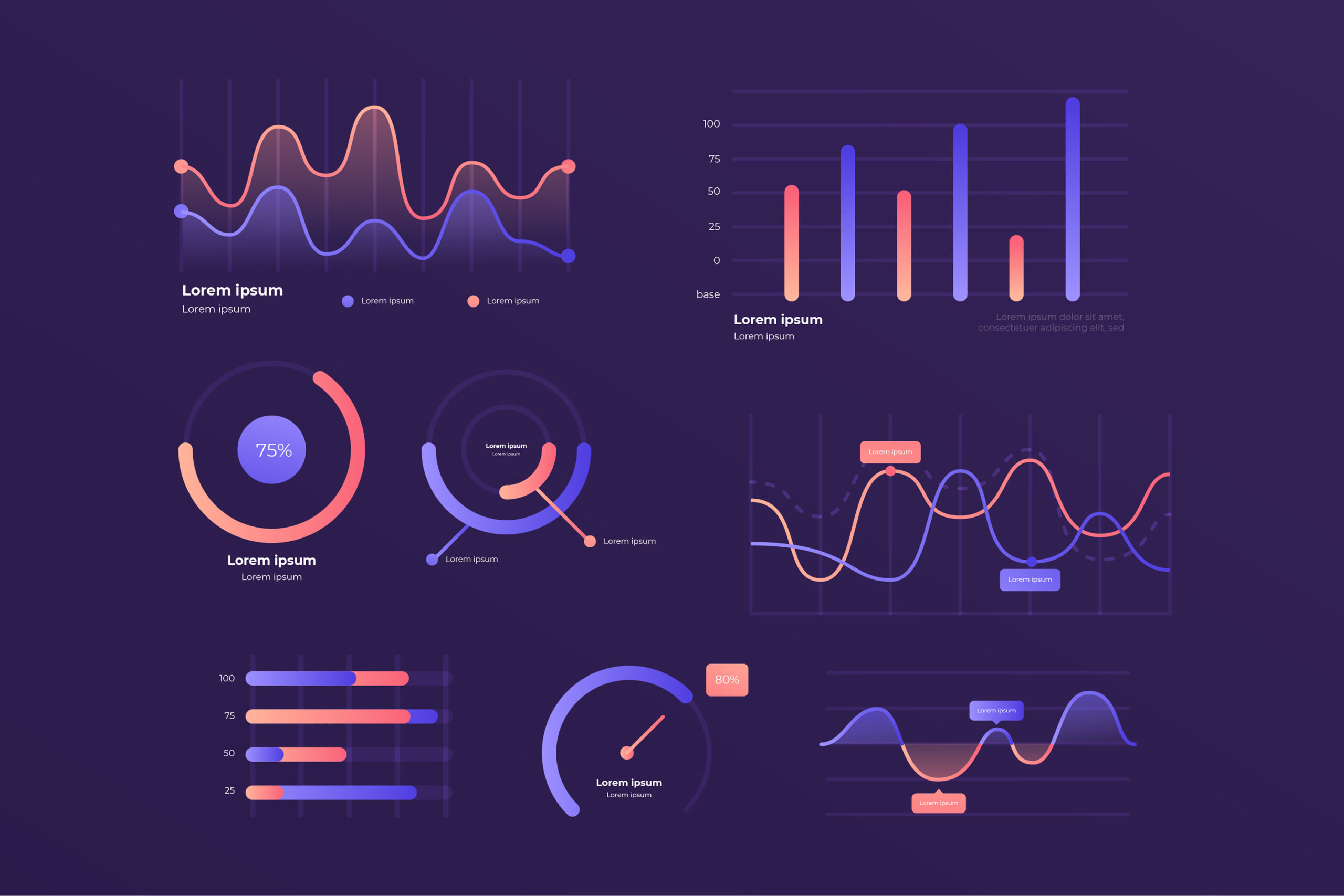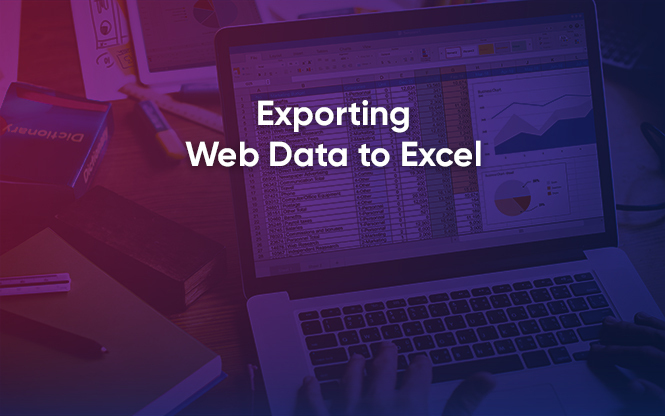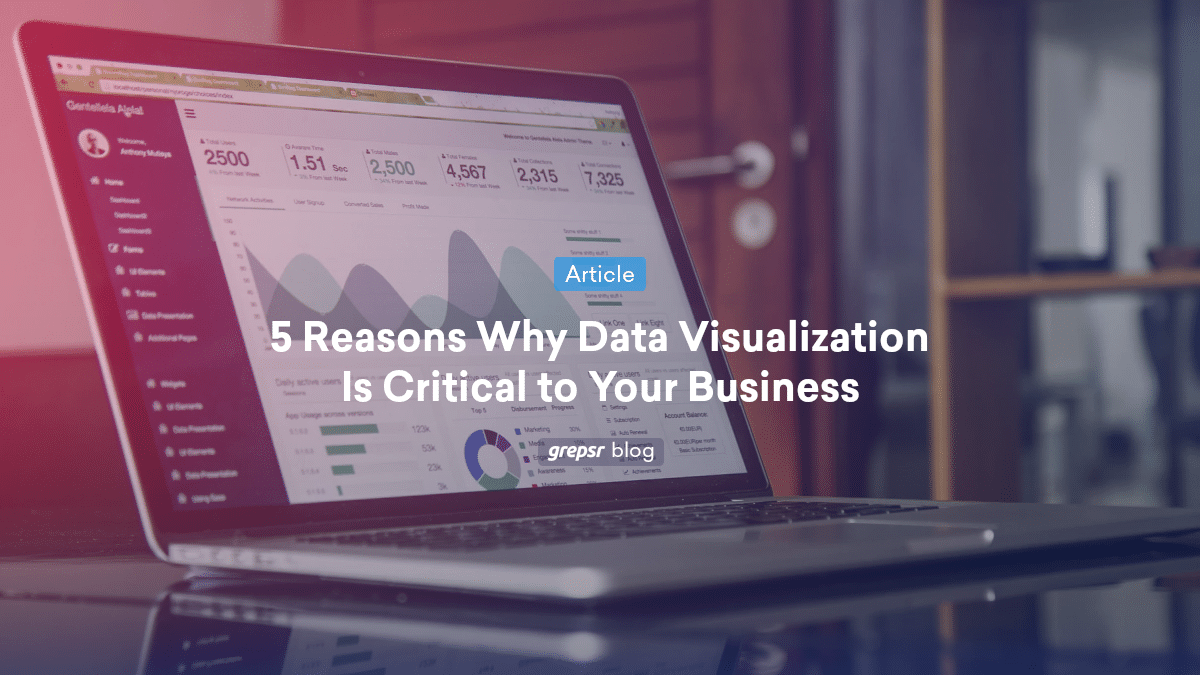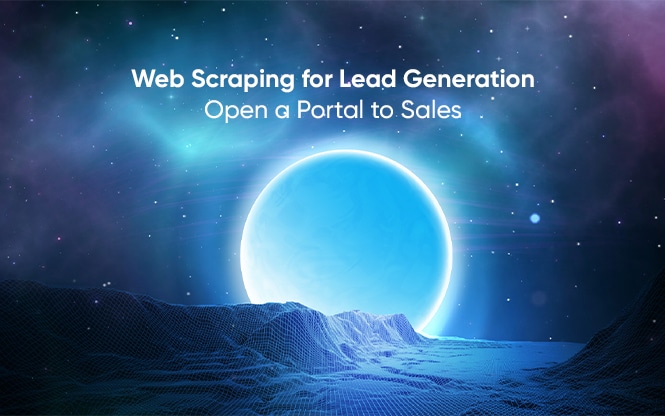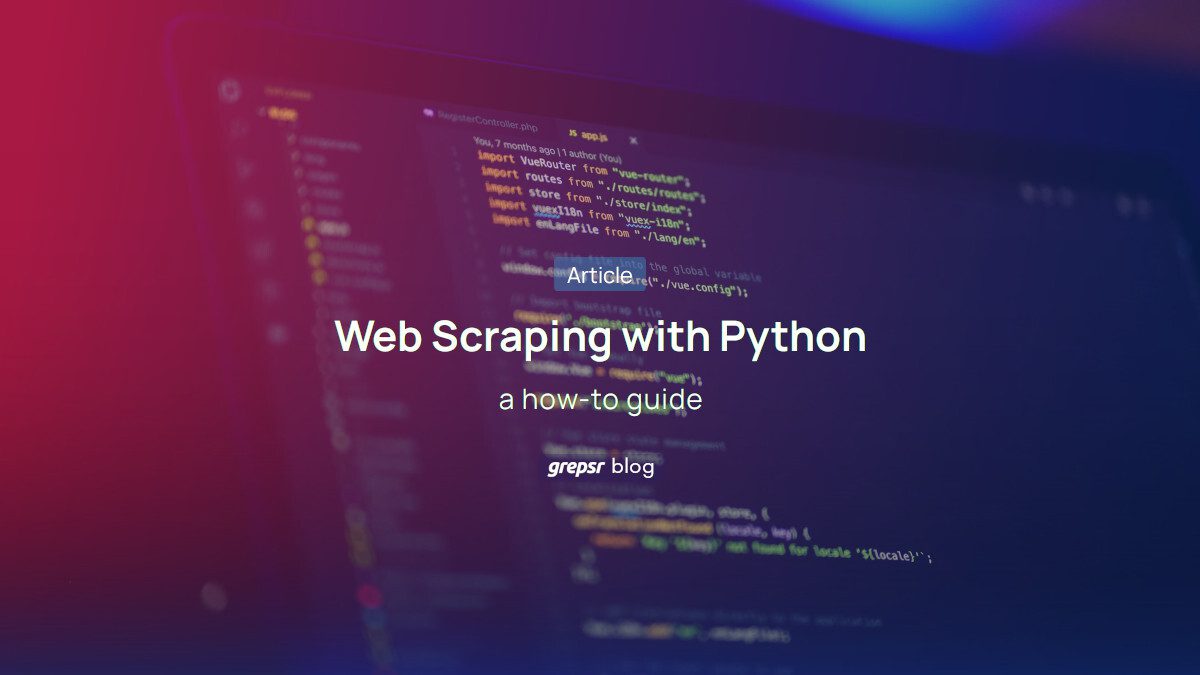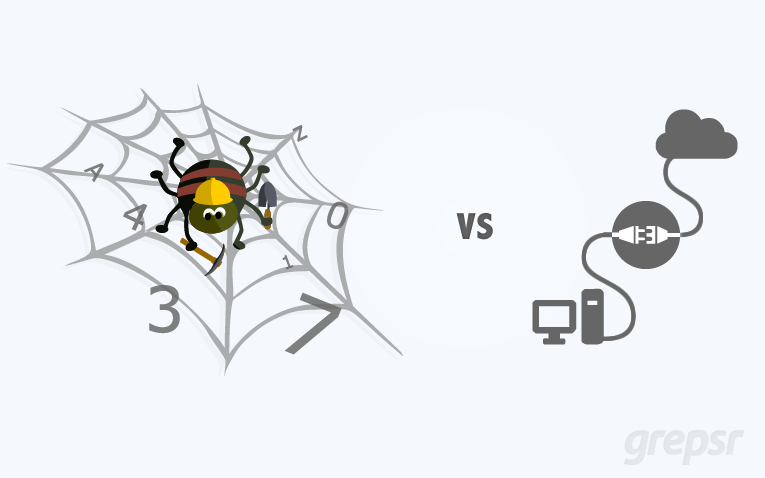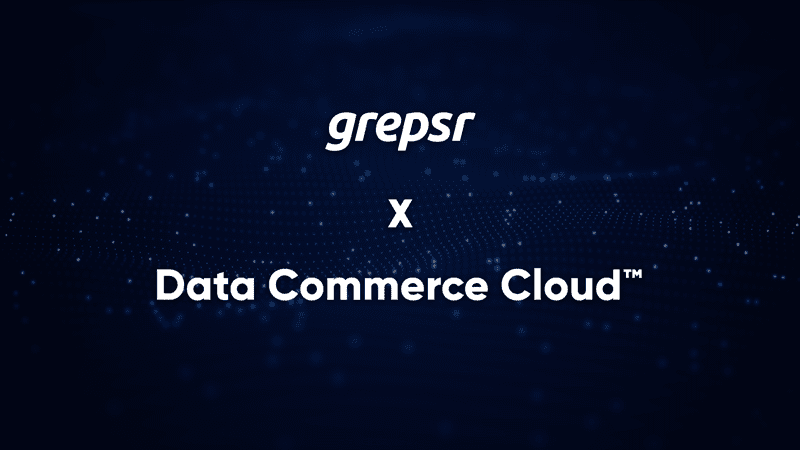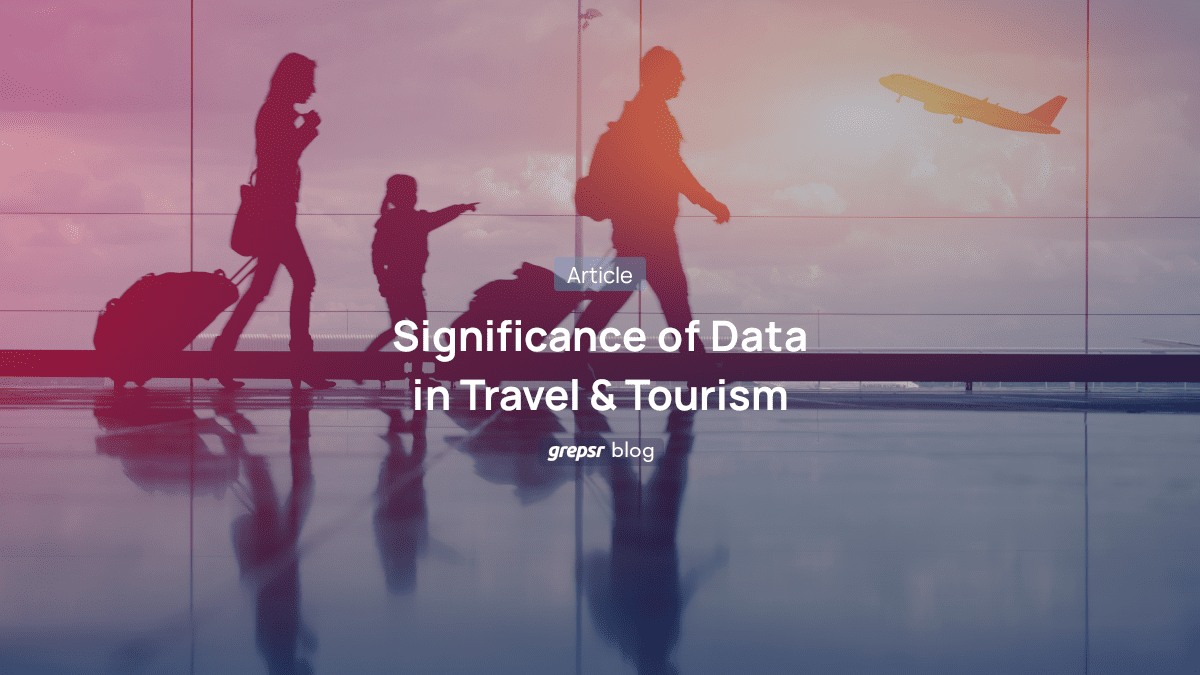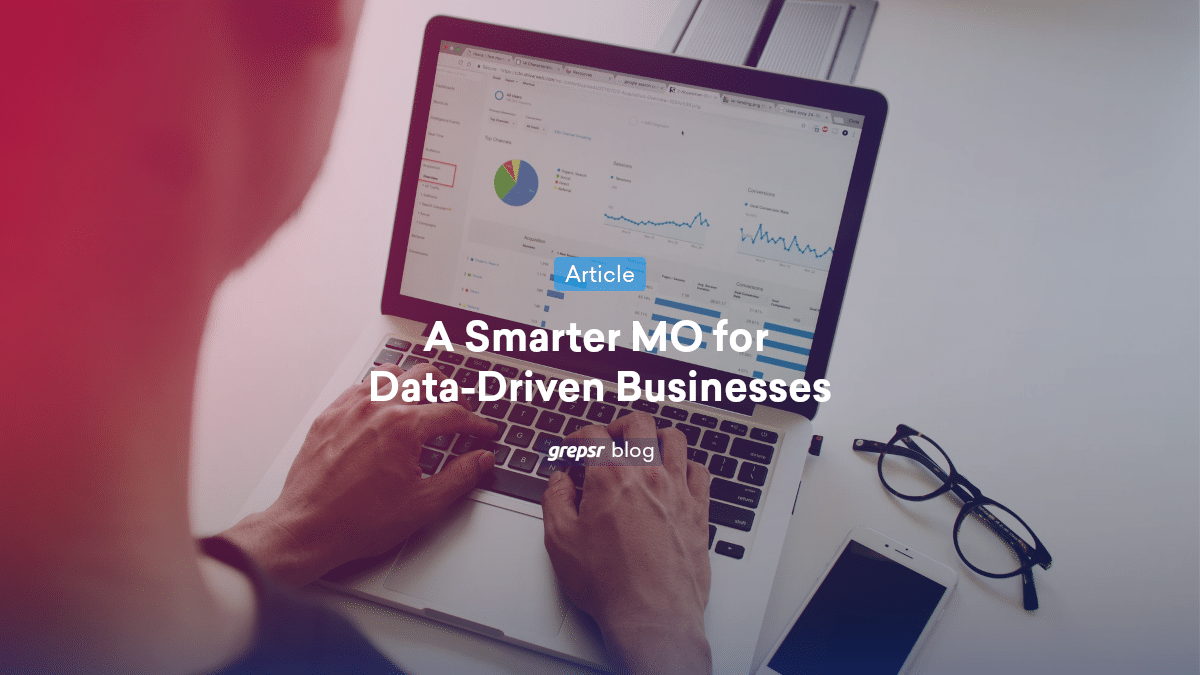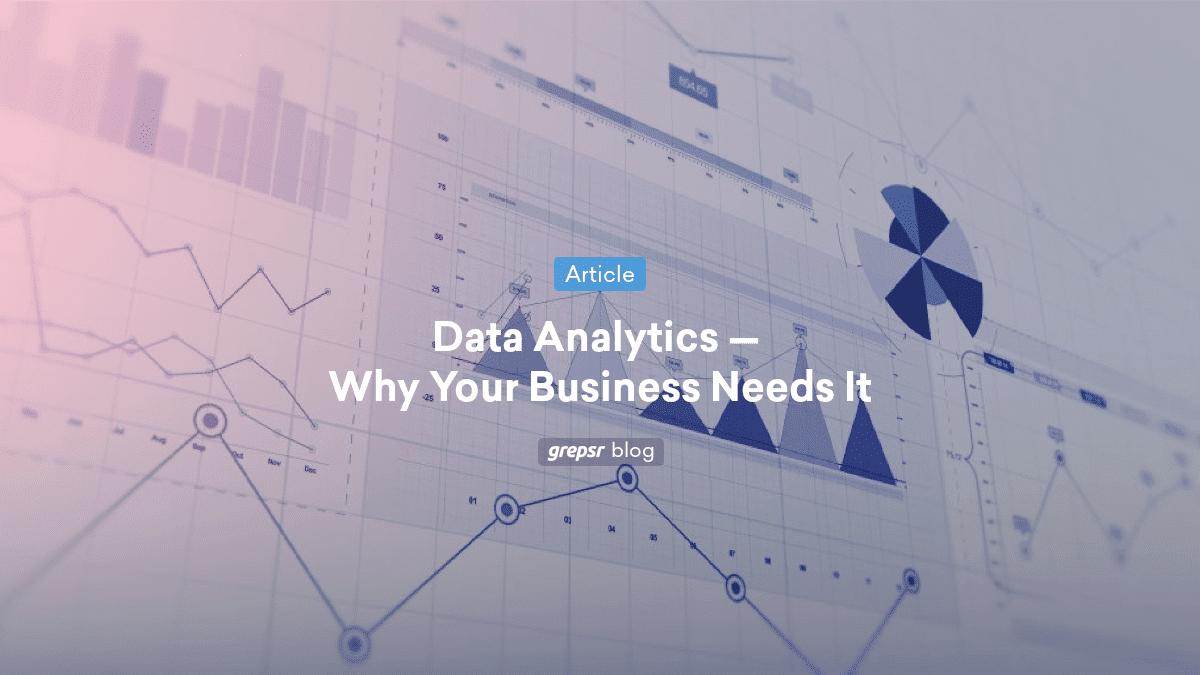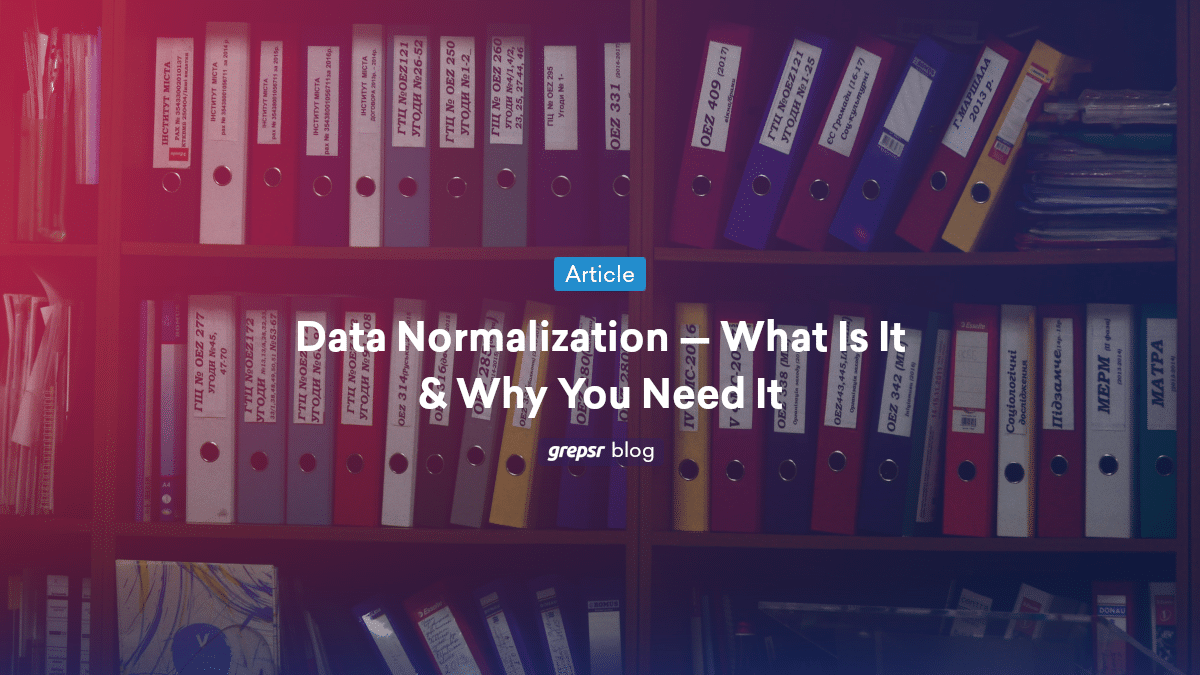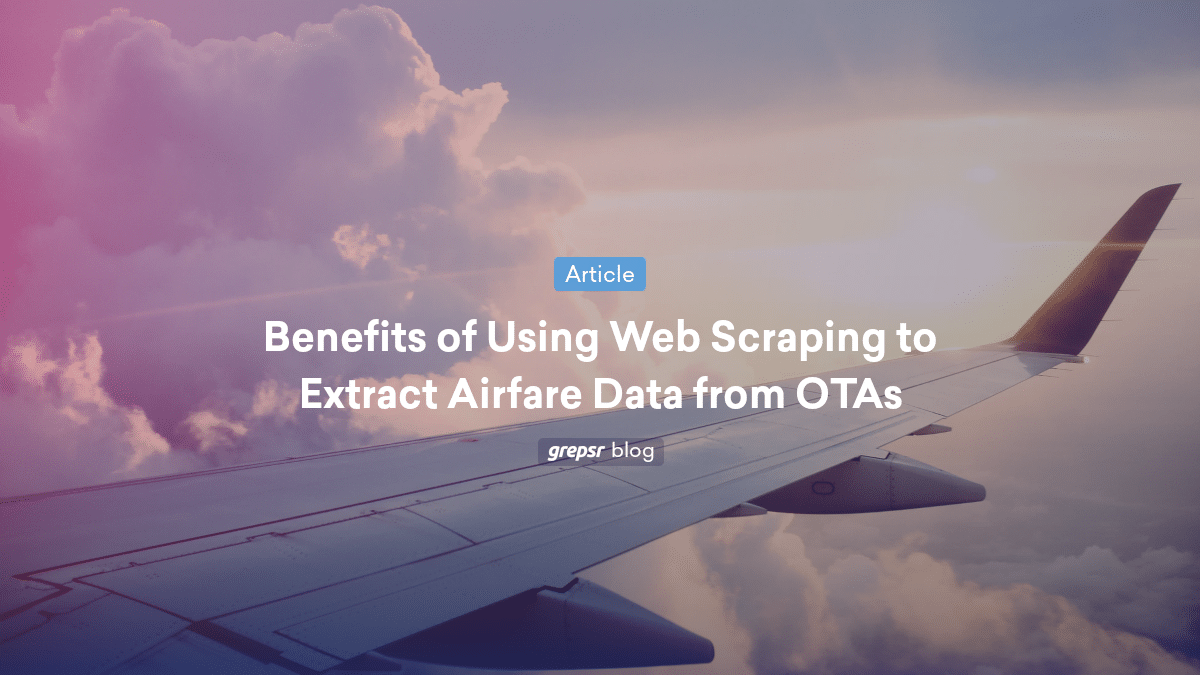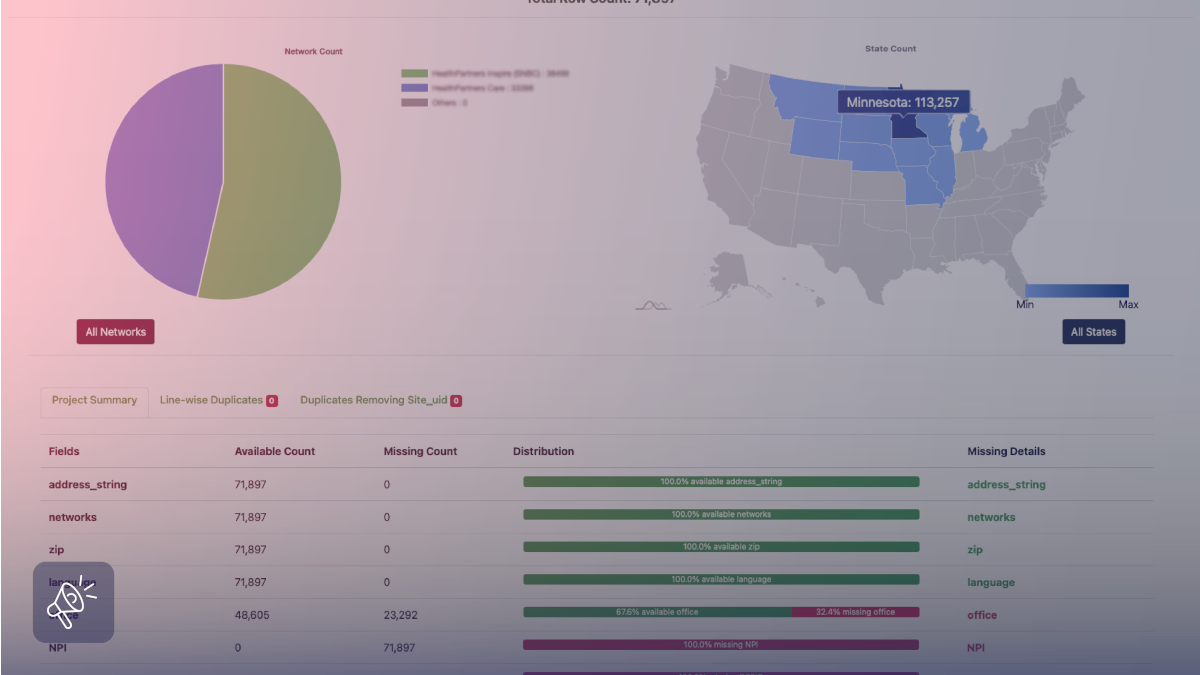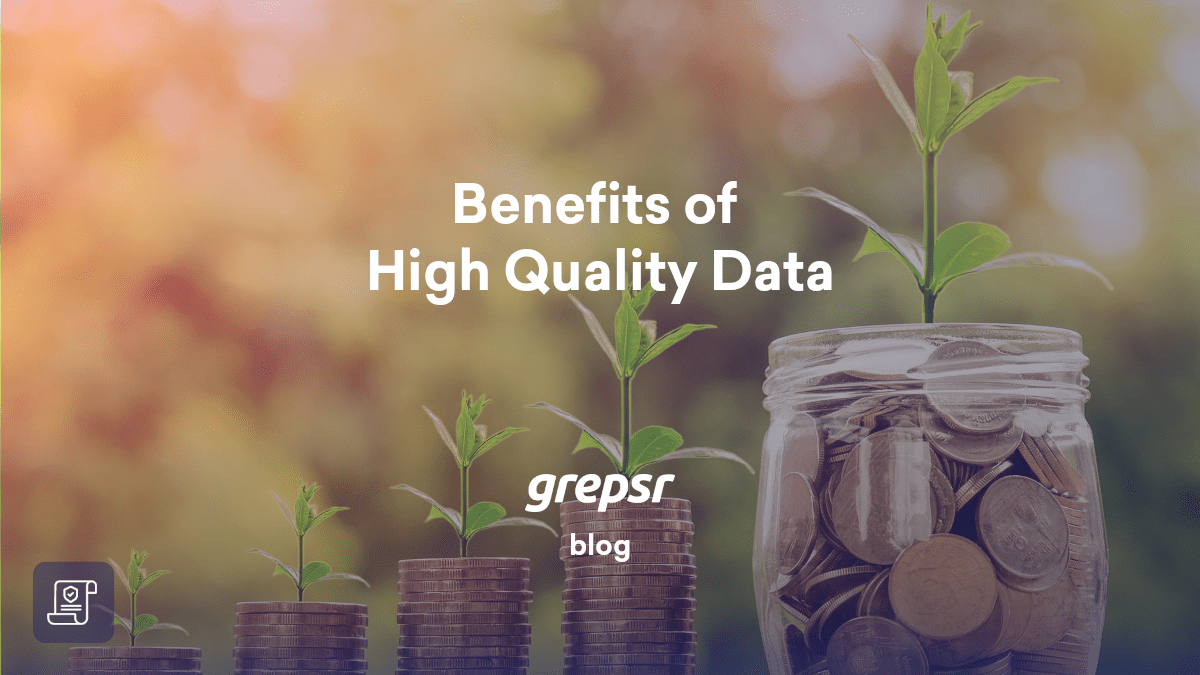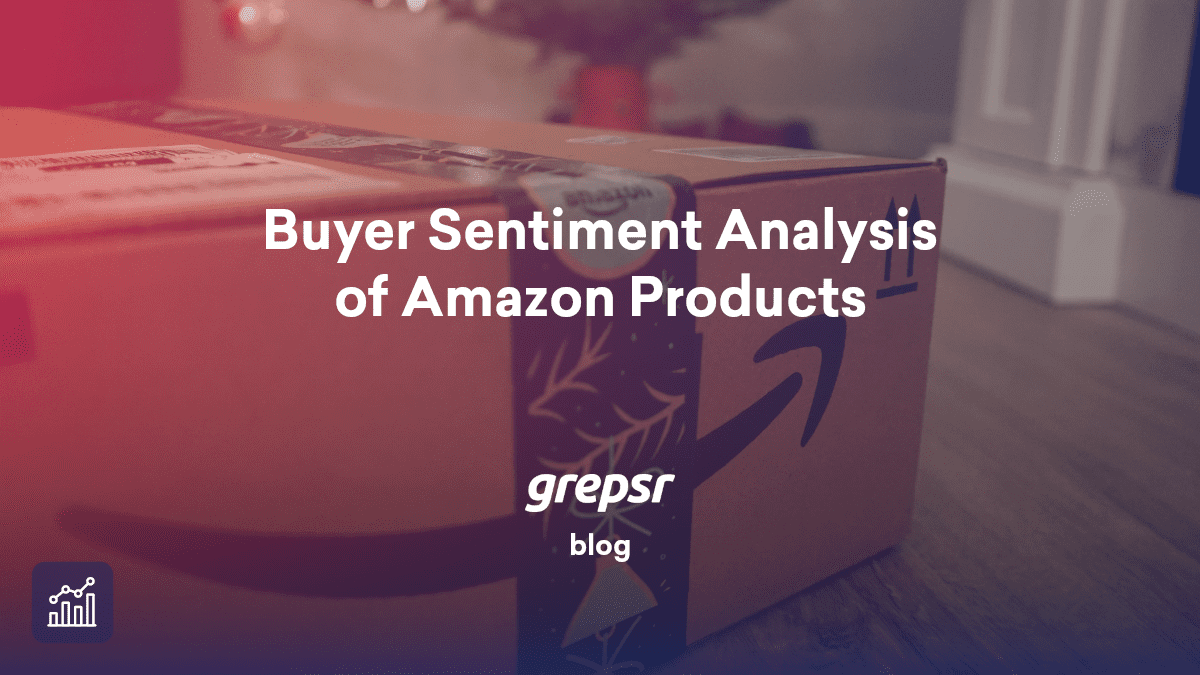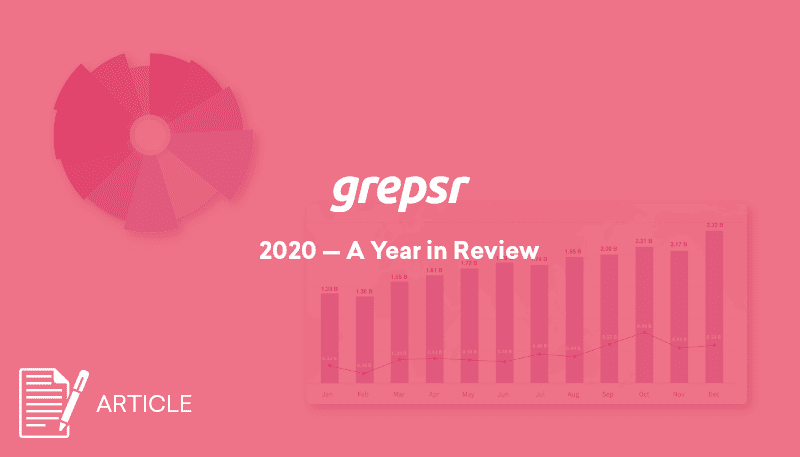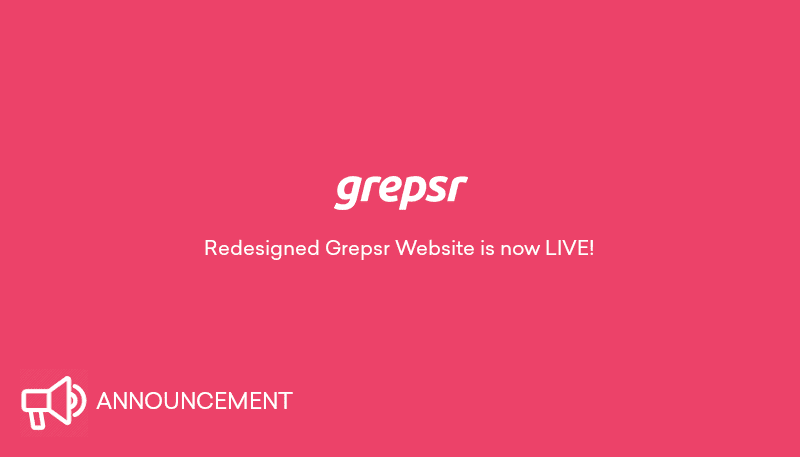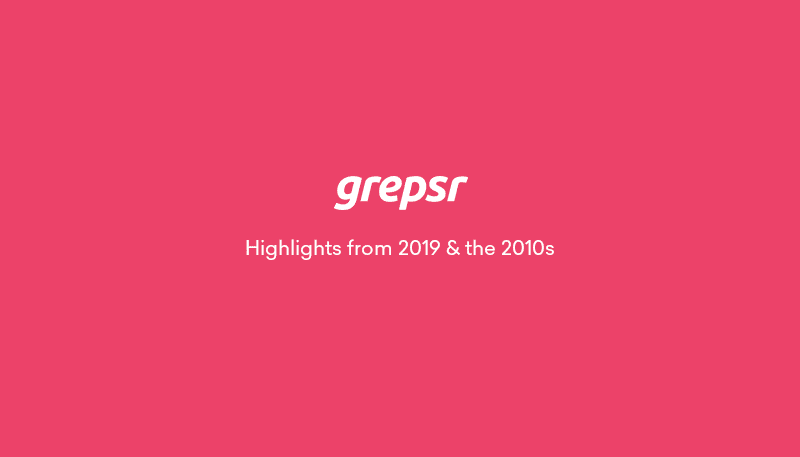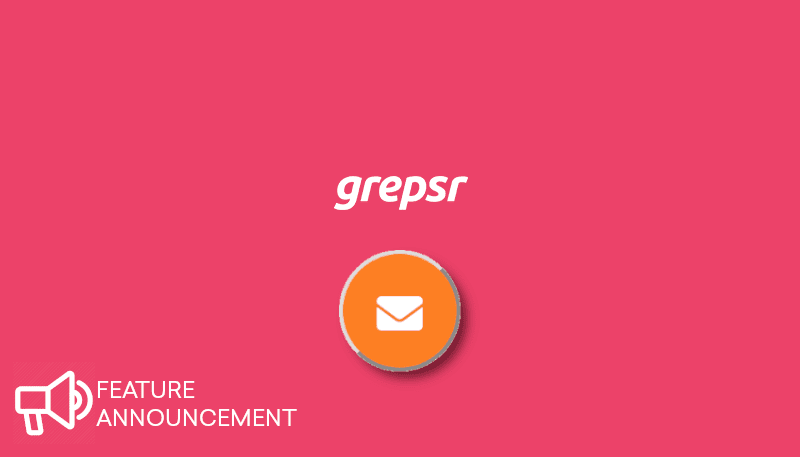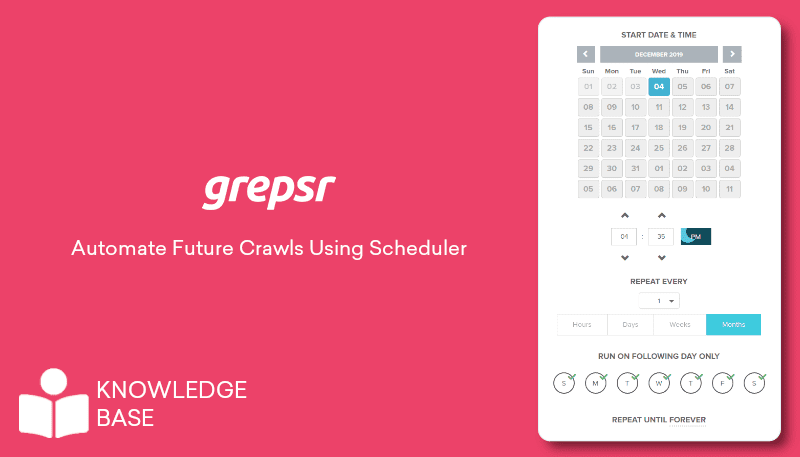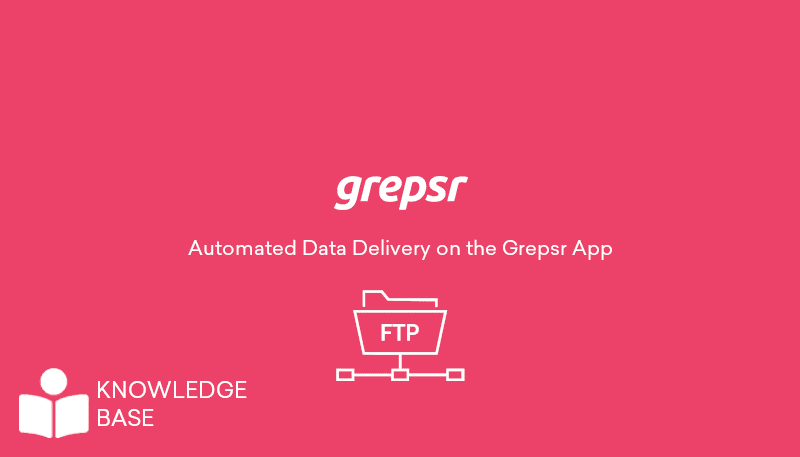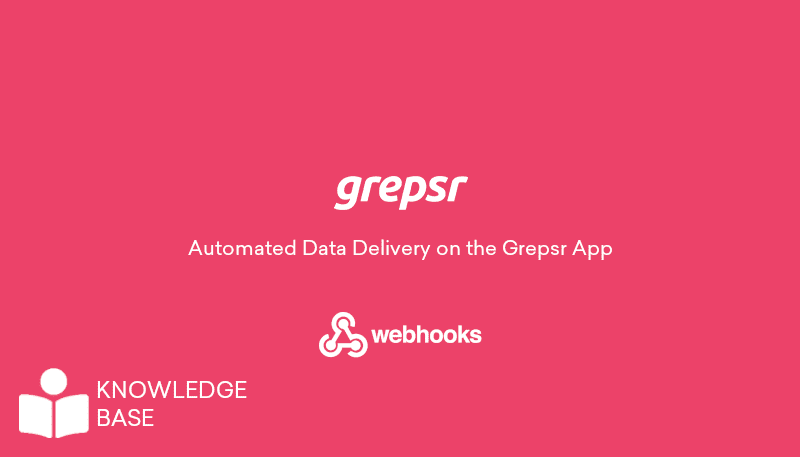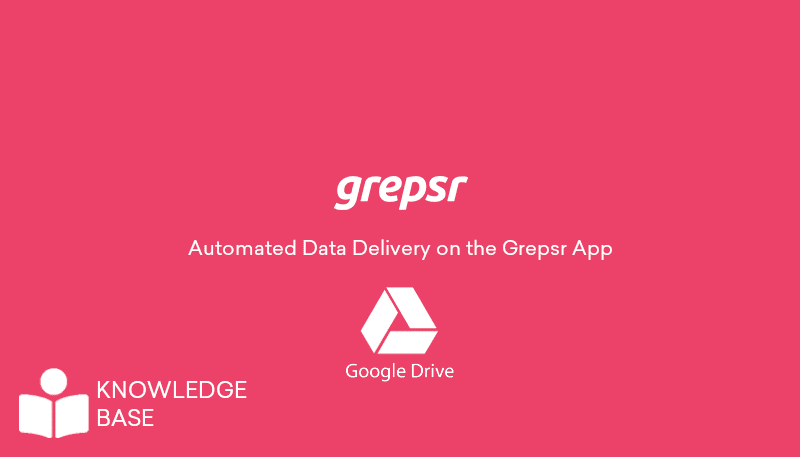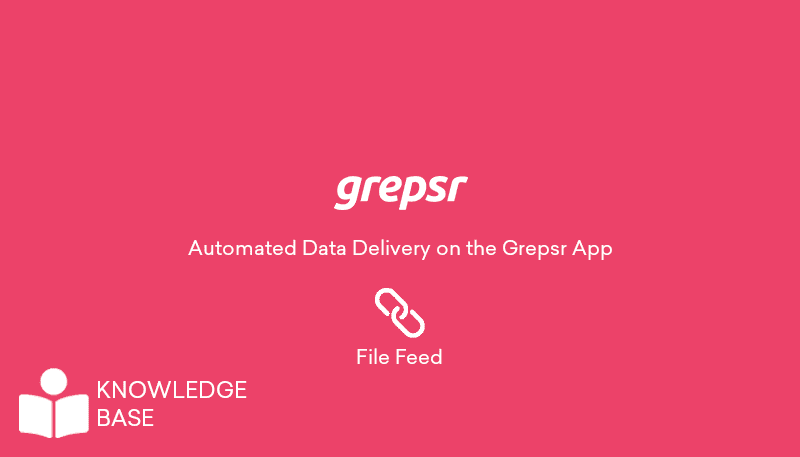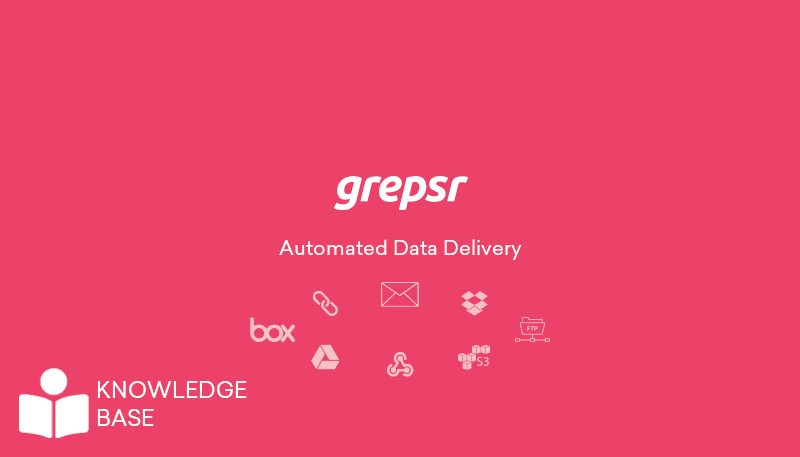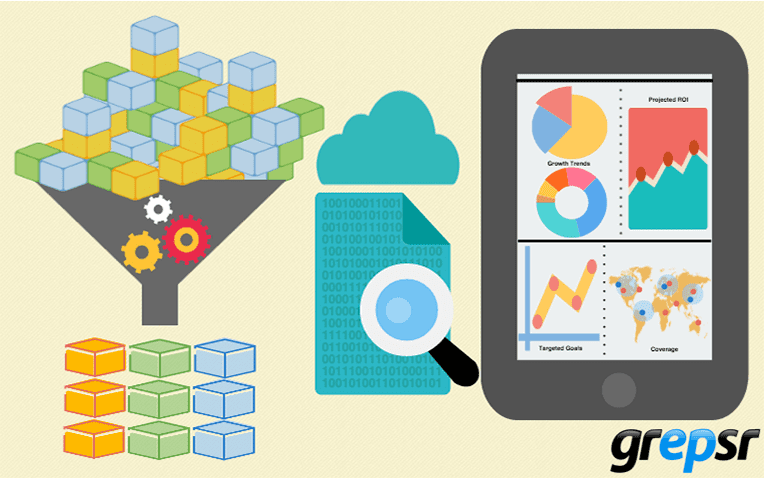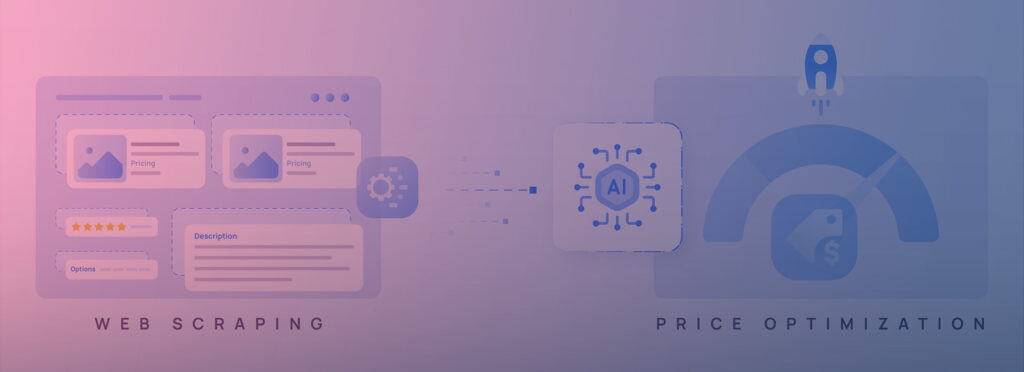
Why does your flight fare change every time you check it? How did that $12 book on Amazon turn $15 today?
That’s dynamic pricing: Businesses constantly adjust product prices based on demand, competition, and market trends.
But these decisions aren’t made manually; companies rely on AI-powered tools for setting up dynamic prices. These tools process a large amount of pricing data to determine the optimal price at any given moment.
But the problem? Tracking competitor prices manually or relying on limited API access to get competitor pricing data isn’t scalable.
What’s the best way to get this pricing data then? Web scraping.
Services like Grepsr provide you with real-time data via web scraping for AI-powered price optimization.
Read on to see how it all works
But first, what are AI pricing models?
AI pricing models are basically AI systems that analyze market data, detect patterns, and predict optimal prices based on demand, competition, and customer behavior. Their job is to fine-tune prices to maximize revenue and sales.
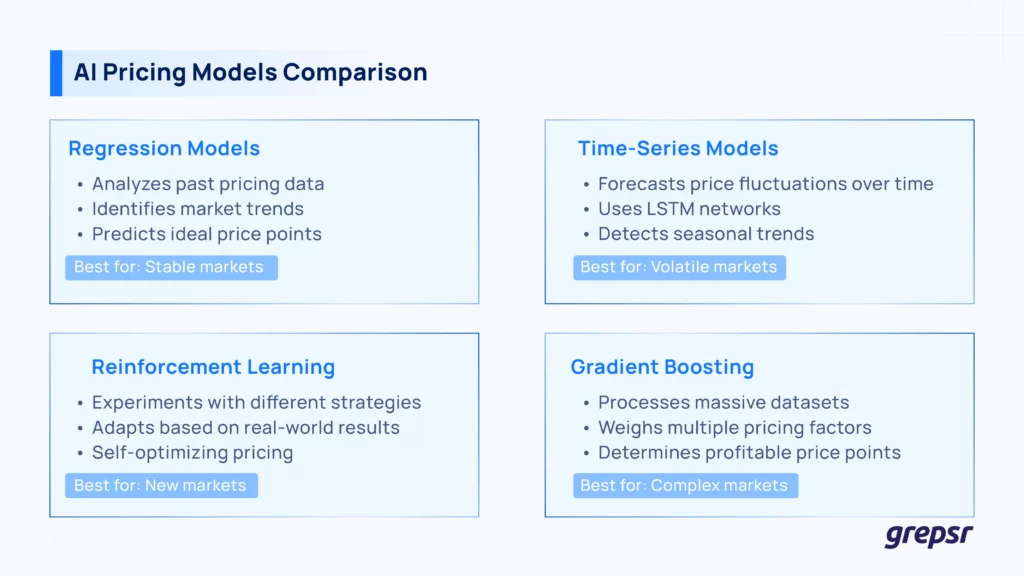
Companies using dynamic pricing strategies see an average of 2% to 5% increase in revenue. That’s a pretty sweet ROI.
Back to the topic. Some of the most important models include
- Regression models: These analyze past pricing data and market trends to predict the ideal price for a product.
They rely on historical sales and pricing data, customer purchasing behavior, and factors like inflation to find relationships between price and demand. Based on this, the model forecasts the most optimal price for products.
- Time-series models: If you need to forecast price fluctuations over time, Long Short-Term Memory (LSTM) networks and other time-series models predict seasonal trends, demand shifts, and competitor price changes.
These models, typically found in large-scale operations, track patterns in past pricing data and find recurring cycles and anomalies. Based on these patterns, the model sets pricing dynamically.
- Reinforcement learning: Reinforcement learning models experiment with different pricing strategies and adjust based on real-world results. If a price increase leads to higher revenue without killing demand, the model takes note and adapts.
They ‘learn’ by continuously testing and refining pricing data. As they get better at that, they are able to maximize revenue by tweaking pricing according to market conditions.
- Gradient boosting: These models excel at crunching massive datasets and weighing multiple pricing factors like demand, competition, and seasonality, to determine the most profitable price point.
Models like XGBoost and LIghtGBM aggregate data from various sources and refine predictions through iterative learning to optimize dynamic pricing in real-time.
When these models ingest real-time data, like competitor prices, inventory levels, and purchase trends, they are able to instantly adjust the prices of your products and services.
But how do you get that data in the first place? The answer is web scraping. Without it, even the best AI model is just making educated guesses.
Why Use Web Scraping for AI-powered Price Optimization?
If you want a reliable AI-driven pricing model, you need a steady diet of fresh, granular pricing data. It’s like training an athlete; you wouldn’t fuel them with last week’s leftovers, right?
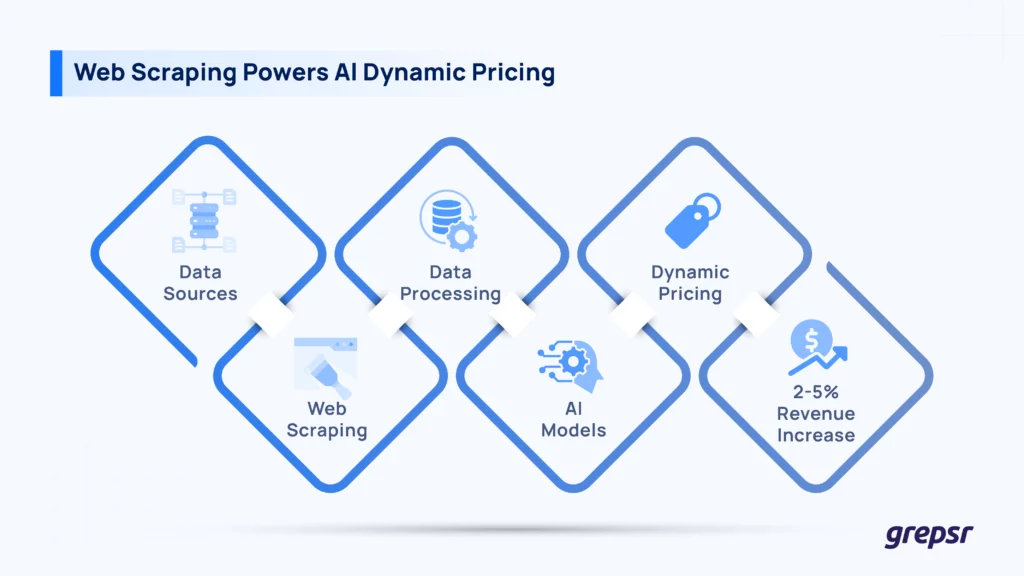
Now, most AI models that we discussed rely on four data points to make pricing decisions.
First, competitor prices; you need to know how your rivals price their products. Then, there are historical trends: what’s hot, what’s not, and how prices fluctuate over time.
You also need to account for promotional discounts since limited-time deals skew pricing models if ignored. Demand signals like search volume and cart abandonment help you track interest and tweak prices accordingly.
Where do you get these data points? Large amounts of scraped web data from services like Grepsr.
Challenges without scraping
Now, what happens if, for whatever reason, you decide against scraping? Chaos.
- Manual data collection is horrendous. Do you see yourself copying and pasting thousands of prices into a spreadsheet? It’s slow, riddled with errors, and will likely make you question everything.
- APIs are not always reliable. Some retailers do have APIs, but they come with rate limits, restricted access, and a headache-inducing approval process.
- The market changes too fast. If you’re relying on outdated or incomplete data, your pricing model is going to be of no use.
Scraped pricing data feeds into AI models and lets them predict optimal price points. They adjust prices dynamically based on competitor moves and demand shifts.
Scraped data also ensures your products are competitively priced without leaving money on the table.
Amazon, the ruler of dynamic pricing, uses the Automate Pricing tool to change pricing dynamically 24/7 based on demand and competitor activity.
Without web scraping, that level of responsiveness would be impossible. If you want to achieve the same agility, Grepsr will give you the pricing data needed to power AI-powered decisions.
The bottom line is that if you’re serious about dynamic pricing, web scraping is the way to go.
How Do You Scrape Pricing Data?
Now the question is how do you scrape just pricing data, leaving behind other kinds of stuff? Well, there are quite a few ways to do that.
Manual scraping
You could do it the old-school way—copying and pasting prices into a spreadsheet. It works, but it’s really, really slow, painful, and you’ll probably miss a few details.
There’s no code involved, but also no scalability. If you’re trying to train an AI model with real-time pricing data, forget about it.
Custom-built web scrapers
If you like getting your hands dirty with code, writing a custom web scraper using Python, Scrapy, or Selenium is a solid option. This gives you full control over what data you collect and how you structure it.
Expect to handle pagination, JavaScript-rendered content, and anti-bot defenses like CAPTCHAs and IP bans.
And of course, cleaning the data: normalizing currencies, removing duplicates, and making sure the numbers actually make sense.
Pros? Total customization. Cons? It’s time-consuming, and if a website changes its layout, your scraper could break overnight.
Third-party scraping tools
Don’t want to code? No problem; pre-built scraping tools like Pline let you extract pricing data with a slick GUI or API.
Some platforms even handle proxy rotation and scheduling, meaning your scraper keeps running without triggering anti-bot alarms.
These tools are faster to set up than custom scrapers, but they come with some trade-offs. You get less flexibility and the data may still need post-processing before AI can make sense of it.
Outsourcing to Grepsr
If you’d rather not deal with the technical headache, you can outsource Grepsr. Grepsr is a dedicated web scraping service that gives you fresh and cleaned pricing data in formats like Excel, CSV, or straight to your database.
Grepsr uses distributed crawlers and machine learning to parse even the trickiest web pages. With Grepsr, you benefit from a low error rate and fast response time. You get accurate data at scale, fast! No more waiting weeks and months for reliable, structured datasets ready for AI ingestion.
Pros are obvious: time-saving, scalable, and legally compliant. Cons? It’s not free, but compared to the cost of maintaining an in-house scraping team, it’s nothing.

Finally, How Do You Integrate Scraped Pricing Data into AI Models
Ok, you have your pricing data, from whatever source you used. Now how do you use it for your dynamic pricing model?
Step 1: Setting up the data
Since raw scraped data is messy, you’ll need to handle missing values and remove outliers before feeding it to your AI model. You’ll also have to normalize formats since different sites use different price notations.
Feature engineering also comes into the equation. AI models perform better when they can spot price volatility, discount frequency, and competitor density as key signals.
Of course, you can skip all of this if you get your pricing data from Grepsr. It will already be cleaned, normalized, and prepared for instant deployment.
Step 2: Model training
Once your data is cleaned, you can start training the AI model of your choice. LSTM models work great for time-series pricing, while gradient boosting algorithms (like XGBoost) predict demand and optimize price points.
Real-time scraped data makes AI models way smarter. The more fresh data they consume, the better they can predict the perfect price.
Step 3: Deploying your dynamic pricing AI model
Once your AI model is trained, you are free to deploy it into live pricing engines. Scraped data can be fed in via APIs or batch updates so that pricing adjustments happen dynamically.
But pricing AI isn’t a one-and-done deal. You need continuous retraining with fresh datasets—for example, daily updates from Grepsr’s scraping service—to keep up with fluctuating market conditions.
What to Do and What NOT to Do While Scraping Pricing Data
If you don’t stick to the rules, you’ll end up with broken scrapers, banned IPs, or garbage data that tanks your pricing model.
Here’s how to do it right.
- If you’re scraping JavaScript-heavy websites, a headless browser like Puppeteer or Selenium is very useful.
- Rotating IPs through proxies helps you avoid detection and bans while validating data integrity is necessary so that you’re not feeding AI a bunch of nonsense.
- Cross-check scraped prices against public APIs (if available) to catch anomalies before they ruin your model.
Staying within legal grounds
Just because you can scrape a site doesn’t always mean you should. Ignoring a website’s robots.txt file is a rookie mistake that could land you in legal gray areas.
Plus, hammering a server with excessive requests is a great way to get yourself IP-banned.
Services like Grepsr handle ethical scraping by following best practices, distributing requests responsibly, and ensuring full legal compliance.
Pitfalls to steer clear of
Now, here’s what you shouldn’t do
- Don’t over-scrape. It will trigger security defenses and get you blocked.
- Don’t let old and outdated datasets leak into your current dataset.
- Don’t ignore data quality. Scraped data needs cleaning and deduplication before AI can make sense of it.
Grepsr’s pipeline automates these fixes and delivers high-quality, structured data without the headache.
Static Prices Are So Last Season
AI-powered price optimization gives businesses a big edge, but only if the data feeding it is fresh, accurate, and scalable.
Grepsr handles the grunt work of web scraping so you can focus on optimizing prices, not wrangling messy datasets.
Let Grepsr do the scraping while you watch the profits come in.

